Throughout our European travels we have found evidence of the greatness of the Roman Empire; from Hadrian’s Wall in the misty isles of Britain as far as Ephesus on the Aegean shores of Turkey. Every church, every castle, and every European city we visited was built upon the foundations of Roman temples, forts, and towns. Roman language, culture, and technologies spread all across the western world and are still used today. Needless to say, I was ecstatic when at last we had arrived at the centre of it all, the birthplace of western civilisation, to which all roads once led: Rome.
Romulus and Remus
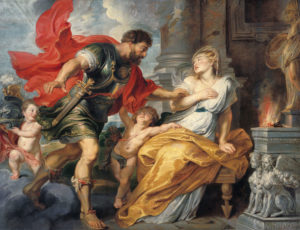
In days of yore (more specifically, 771 BC) twin boys destined for greatness were born to Rhea Silvia, daughter of King Numitor. Numitor ruled the land of Alba Longa until his treacherous younger brother, Amulius, usurped him. In order to secure his stolen kingship, Amulius slew Numitor’s sons and forced his daughter Rhea to become a Vestal virgin. Vestal virgins served the goddess Vesta and guarded their virginity, in the goddess’ honour, under punishment of death. Despite this oath, Rhea gave birth to Romulus and Remus, claiming it was Mars, the god of war, who had his way with her. When the usurper Amulius found out about Rhea’s broken vow, he had her drowned in the Tiber river. Having not the heart to murder the infants directly, Amulius put them in a basket and left them to drift on the river, allowing the wilderness to take care of them. The babies floated downstream until their basket was caught in a fig tree. From there the legends are unsure about who or what rescued the infants and suckled them, as the Latin word “lupa” means both she-wolf and prostitute. Either way, it was to Amulius’ misfortune that the twin boys survived the wild and when they had grown they slew the traitor Amulius, restoring Numitor to the throne.
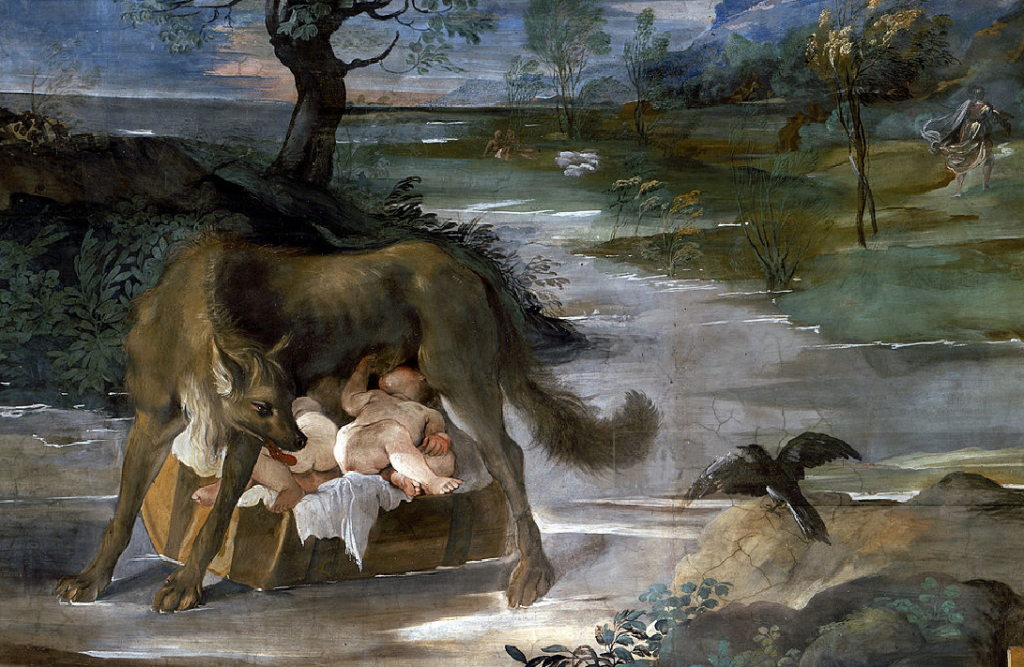
Ludovico Carracci (1555–1619) in Palazzo Magnani, Bologna.
Founding of Rome
Instead of joining their grandfather in rule, Romulus and Remus founded their own citadel close to the fig tree that caught them on the Tiber river when they were babes. As equal rulers, Romulus and Remus argued about everything. Romulus wanted to build the city on Palatine hill while Remus thought it should be on Aventine. They then debated about whether it was more important to have a higher wall to defend the city or a thicker wall. Over time, Romulus understood that with the two of them ruling together as equals every decision he made would be disputed by his brother. Romulus made a hard decision and had his twin brother killed, thus positioning himself as sole ruler over the new kingdom. Rome was founded on the 21st of April, in 753 BC, named after its first sovereign, Romulus. Perhaps the murder of his brother was a necessary evil, as Rome rose to become one of the greatest empires of all time.
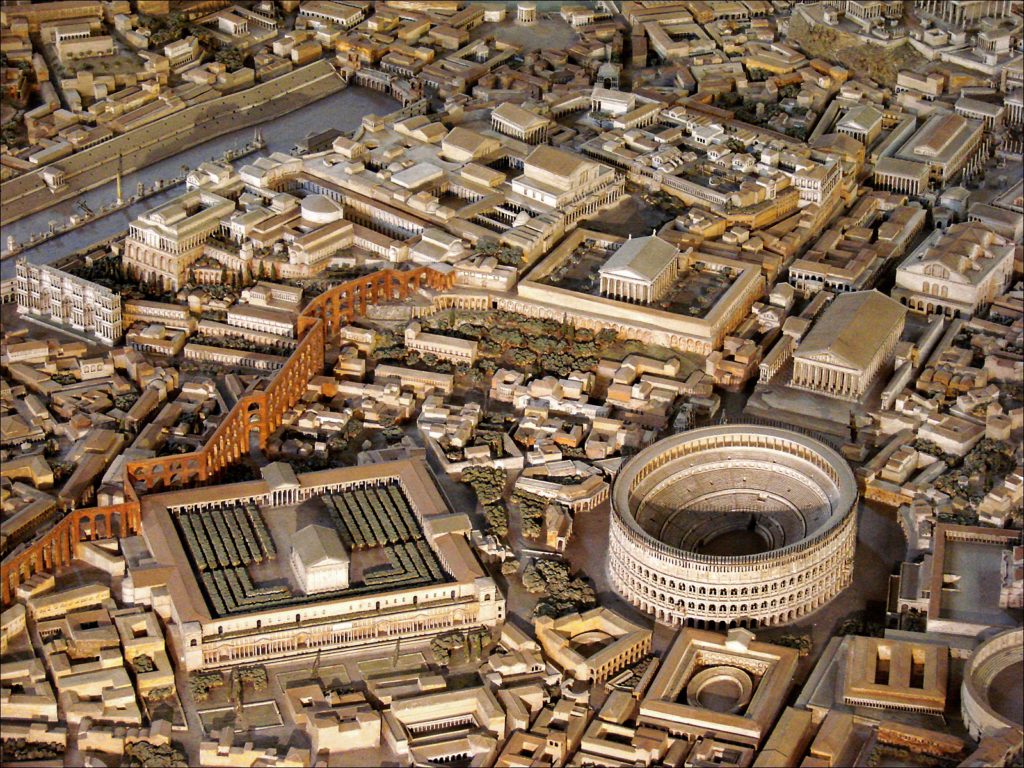
Seven Hills of Rome
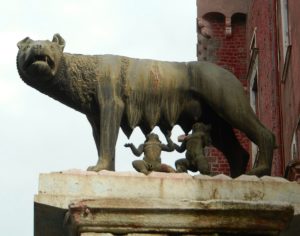
The story of Romulus and Remus has been accepted as Rome’s founding history and the image of a she-wolf suckling twin infants has become a symbol of the city. The Seven Hills Camping Village we stayed at during our time in Rome also uses the twin rulers and the wolf as their logo. The campground is named after the seven hills inside Rome, including Palatine hill where Romulus founded the city, and Aventine hill where Remus wanted it to be. These seven hills were once separate communities which eventually grew together to become the greater Rome.
We found a great deal at the Seven Hills Village staying in one of their many micro cabins. Offering a pizza place, restaurant, pool, and gym, Seven Hills made our stay in Rome comfortable for a very affordable price. There were no cooking facilities, but we had our own pot and stove to make our meals and a grocery store was a short walk away. Getting to Rome’s city centre was easy; Seven Hills had a free shuttle bus to La Giustiniana train station and a ticket downtown only cost one euro. Even though it was far away, the serenity of the campground was a respite from the bustling metropolis of Rome.
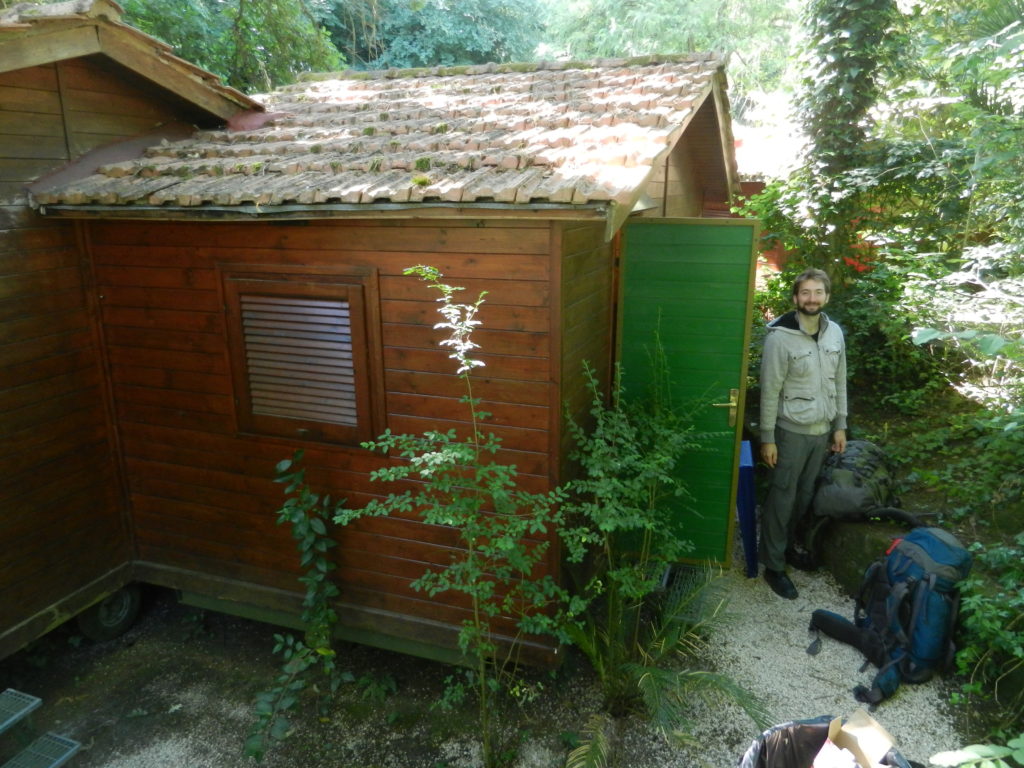
Albanians in Italy
The train line from La Giustiniana took us as far as the Roma Ostiense train station, just south of the city centre. Here you can transfer to another line which will bring you into the heart of Rome, but we thought it would be nice to walk into it. We were glad we decided to get off at the Ostiense station because it put us in the Albanian district of Rome! We were able to stop in at an Albanian restaurant to get some breakfast and Turkish coffee before continuing on our walk. We passed a monument to the Albanian hero Skanderbeg, astride a stone warhorse, erected in the centre of Piazza Albania. Skanderbeg once served as a military commander for the Ottoman Empire, but later turned against the Ottomans, leading a rebellion within Albania and protecting it from invasion. For 25 years, from 1443 to 1468, Skanderbeg led an army of 10 000 against Ottoman forces, gaining victories against significantly larger odds. After his death in January 1468, many Tosk Albanians fled to southern Italy to escape eventual Ottoman occupation of Albania.
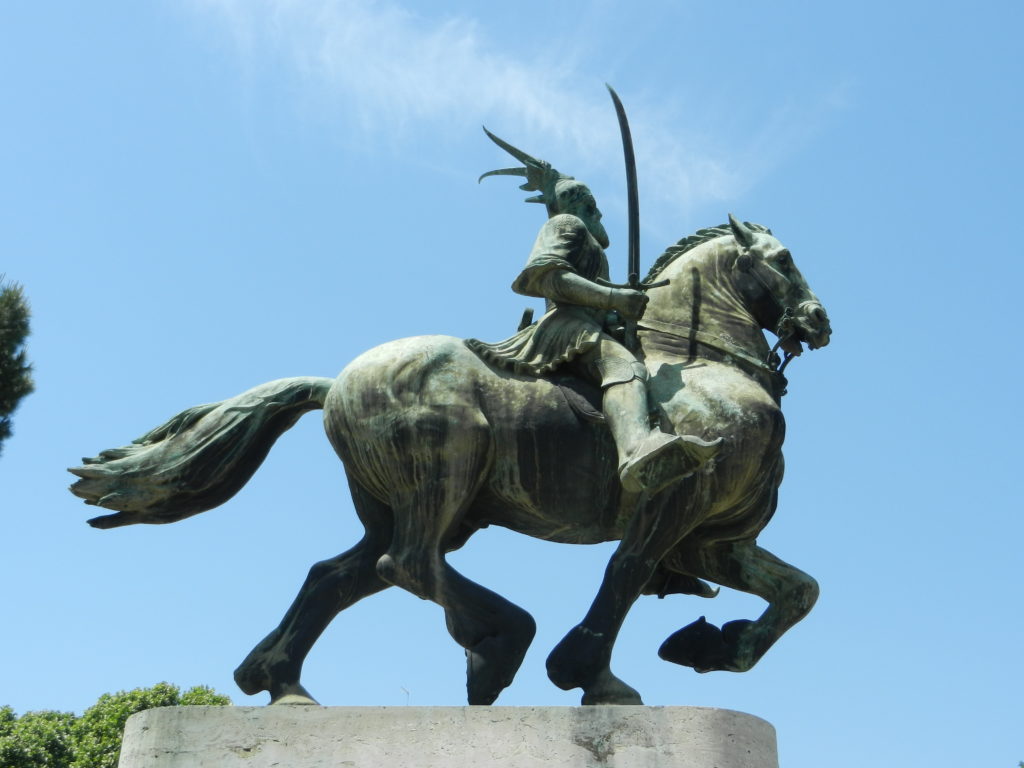
Circus Maximus
Continuing our stroll along Viale Aventino, we came upon the ruins of the Circus Maximus, the ancient origins of NASCAR racing. In antiquity, this mighty stadium held chariot races for the entertainment of the masses. It was the first and largest stadium in Roman history, measuring a length of 621 metres and could contain over 150 000 spectators. Chariot racing was incredibly dangerous for both drivers and horses, who often suffered serious injuries or death, but this only added to the excitement of the sport. The Circus Maximus (which I’m fairly certain means “big circle”) was also used for massive religious ceremonies, public feasts, plays, recitals, beast hunts, gladiator fights, and as a filming location for the movie “Ben Hur“.
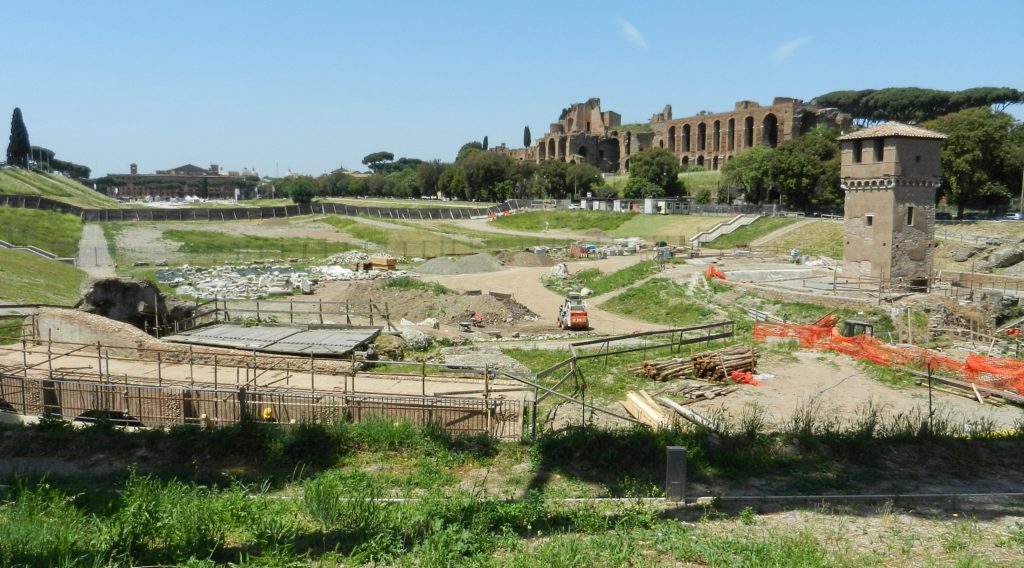
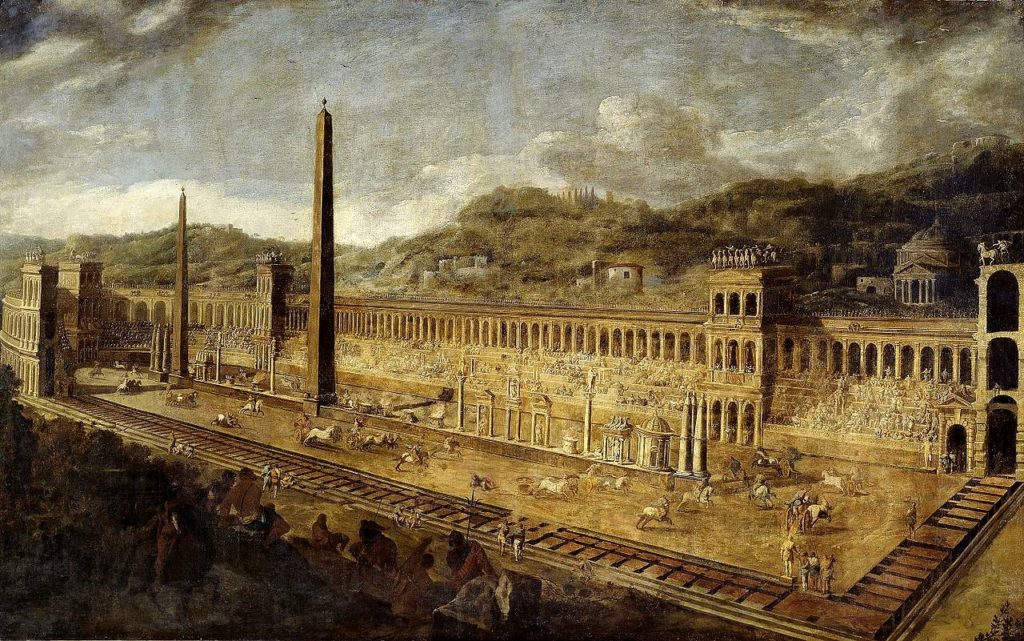
Domenico Gargiulo in 1638.
We arrived at the most famous monuments in Rome, the Colosseum and the Roman Forum, but I knew we could easily spend a whole day exploring either one of those and it was already getting late. Exercising restraint, we passed by the historical wonders and continued meandering through the city centre.
Altar of the Fatherland
At Piazza Venezia we visited the imposing monument of Altare della Patria, built in honour of Vittorio Emanuele II, the first king of a united Italy. The Altare della Patria (Altar of the Fatherland) is a glorious structure of shining, white marble, covered in sculptures of gods and heroes from myth and antiquity. It also contains the Unknown Soldier and the Eternal Flame, dedicated to unidentified soldiers and those lives lost in Italy’s wars. This monument is the largest in Rome and it is generally agreed to be the most obnoxious, earning it the nickname “Wedding Cake”. I personally enjoyed the various sculptures, crafted by artists from all over Italy, and the views of Rome from the Altare della Patria’s terrace.
Trajan Forum
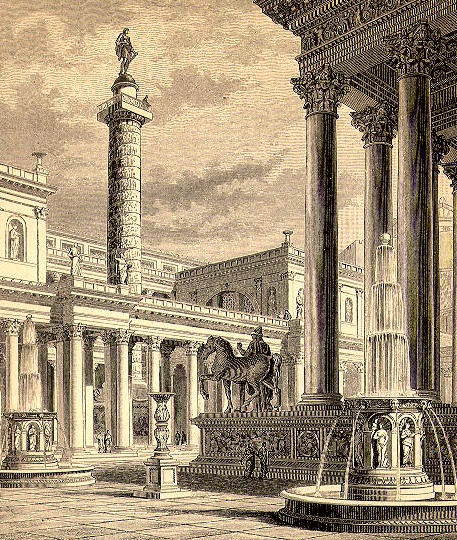
Also close to Piazza Venezia is the Trajan Forum, the ruins of what was once a vibrant, city centre. A typical Roman forum was a combination business centre, marketplace, and meeting place. Trajan Forum was dedicated to Roman Emperor Trajan, one of the most beloved emperors in the history of Rome. Even though Trajan Forum is only a small off-shoot to the larger Roman Forum, historical records describe it as, “a construction unique under the heavens” (Ammianus Marcellinus 16.10.15). The most magnificent piece inside the forum is Trajan’s Column. There isn’t much left of the forum’s original structure, but Trajan’s Column has been left remarkably preserved. Exquisite carvings of Emperor Trajan’s past feats wind 30 metres up the gleaming white marble pillar.
Trevi Fountain
We continued our trek north through the sun-baked streets of Rome until we found relief at the glistening waters of the Trevi Fountain. Trevi was once the terminal point of the Aqua Virgo Roman aqueduct, a place where citizens would fill their vessels with cold, clean spring water. The Aqua Virgo aqueduct brought water all the way from Salone Spring, 21 kilometres into Rome’s historic centre.
The simple fountain was renovated near the end of the Italian Renaissance into the gloriously sculpted masterpiece seen today. The fountain’s baroque artistry depicts sea gods and goddesses, and the legend behind finding Salone spring, where General Agrippa‘s soldiers were led to it by a virgin girl.
It is estimated that 3000 euros are tossed into the fountain every day for love, marriage, and a chance to return to Rome. This tradition of coin tossing dates back to ancient times when citizens would throw offerings for Neptune into the fountain to grant them a safe sea voyage. In 2007 Ashleigh threw her own coin into Trevi Fountain and the magic brought her back to Rome eight years later! Unfortunately, this time around the fountain was under restoration and completely infested with scaffolding.
Spanish Steps
I didn’t understand what all the fuss was about the Spanish Steps until I saw them firsthand. The lovely, cobblestoned Piazza di Spagna opens up at the feet of this “mother of all grand staircases”. Three stairways, polished by millions of feet, climb the hill up to Piazza della Trinità dei Monti, forking to make room for two terraces. At the bottom of the steps is the Sinking Ship Fountain and at the top is the Sallustiano, a Roman copy of an Egyptian obelisk. The Spanish Steps are best seen in the spring when the entire staircase is wreathed in azaleas flowers.
At this point in the day it was starting to get late and Ashleigh was beginning to get “hangry” so we decided to head back to our 8×8 cabin in La Guistiniana. As lovely as the Spanish Steps and Trevi Fountain were, I was much more excited for the archaeological aspects of Rome, sites like the Colosseum and Roman Forum. Tomorrow couldn’t come soon enough.
Colosseum
The next day we stumbled out of our cramped cottage, caught the campground shuttle and two trains straight to the Colosseo metro stop. With so much to explore and no time to lose, we didn’t want to dilly-dally down random streets this time (as fun as that is). The Colosseum was calling.
You can buy a 12 euro ticket which covers the entry fee to the Roman Forum, Palatine Hill, and the Colosseum for two days. Scenes from movies like Gladiator and Spartacus were running through my head as we entered the amphitheatre and witnessed its grandeur. Even though a third of the Colosseum’s structure has been lost to earthquakes, storms, and stone-thieves, it is still easy to imagine what it once was.
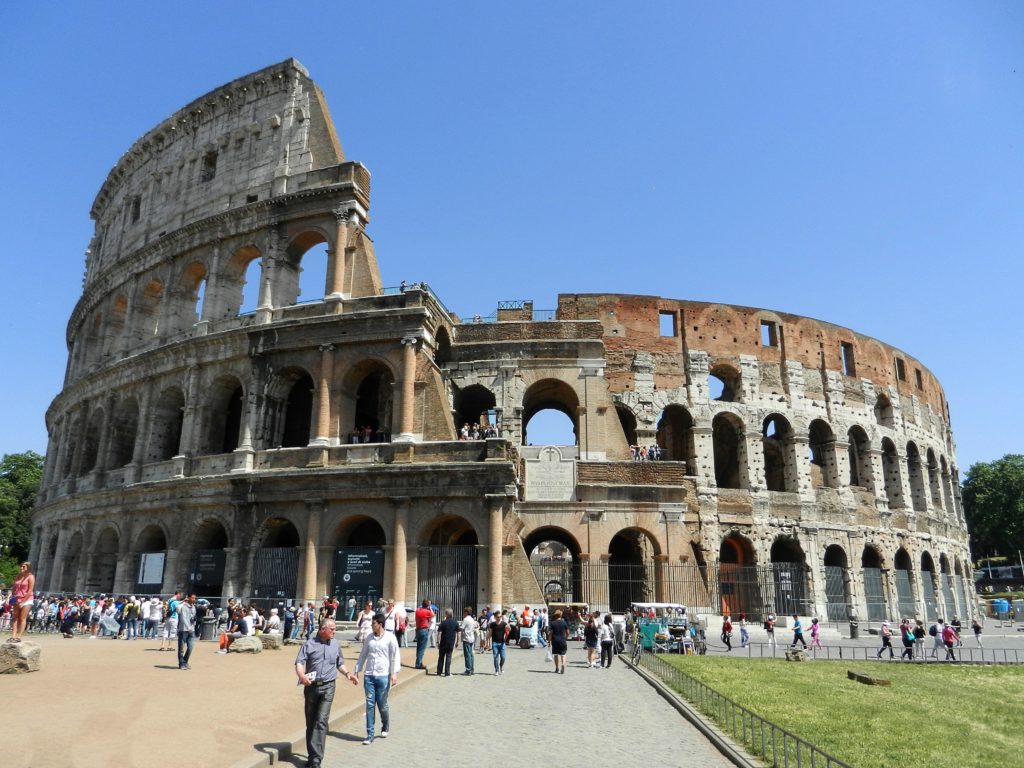
Back in the days before movies and video games, the Colosseum was the place to go for all-day entertainment. Animal fights occurred in the morning, criminal executions around midday and the popular gladiator battles in the afternoon. In 80 A.D. the Colosseum, the largest amphitheatre ever built, was open for business. 100 days of games were declared to the delight of the people, hundreds of shows filled with the mass slaughter of man and beast locked in mortal combat.
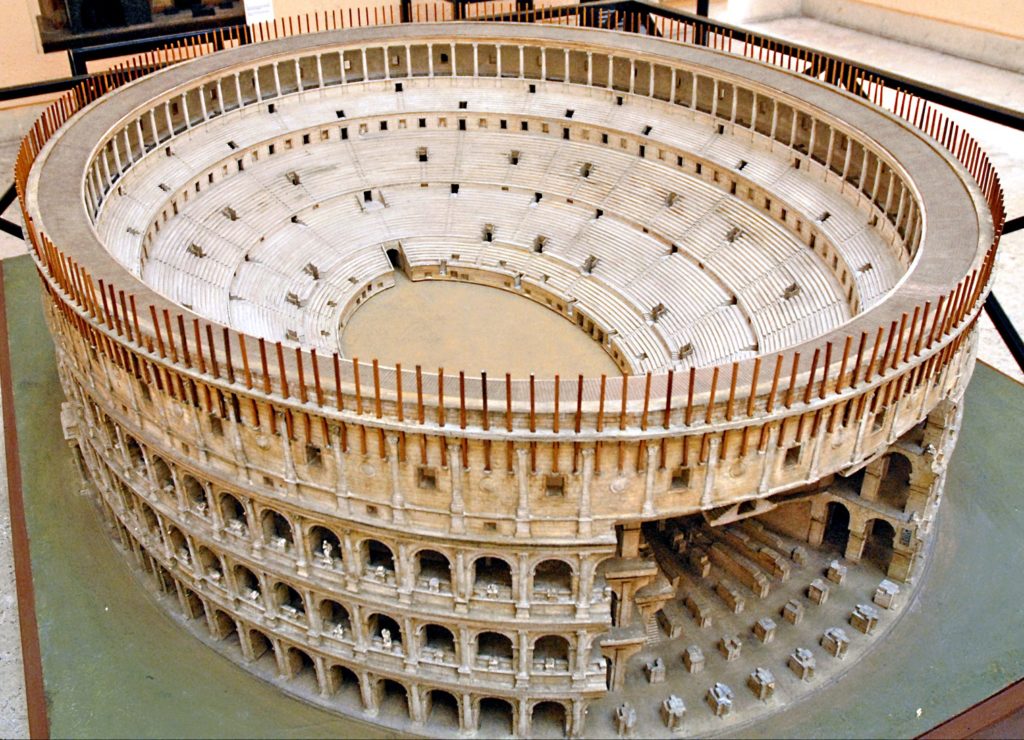
Both the rich and the poor were allowed to attend the Colosseum’s events, although each social class had its own entrance and seating area. The amphitheatre was built to hold 50 000 citizens but the crowd sometimes reached numbers as high as 80 000. Spectators were sheltered from the blistering heat by an ingenious set of awnings (called the Velarium) that could be manoeuvred to block the sun depending on the time of day. Underneath the battle arena of the Colosseum was the Hypogeum, an intricate system of tunnels and rooms used as a holding area. Winch mechanisms allowed props, animals, and gladiators to be brought up through the floor of the arena via 36 trap-doors.
Records show that over 9000 wild beasts were killed for sport during the first 100 days of the Colosseum’s games. Sometime the animals won the day when criminals were pitted against them and eaten alive (an entertaining form of execution). Bloody reenactments of Classical myths and historical battles were conducted by gladiators, including naval battles where they actually flooded and sailed ships inside the arena. The carnage continued for hundreds of years until the decline of Roman games before the early medieval age. For all of its terror and bloodshed, the Colosseum’s shows would have been an awe-inspiring scene to witness.
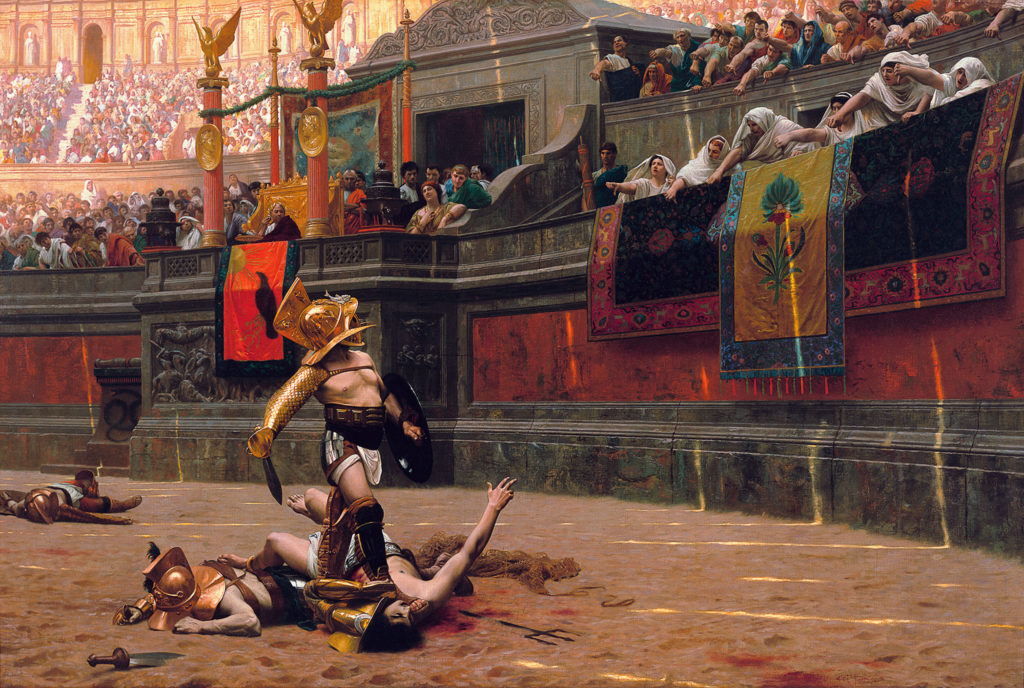
Roman Forum
During the rule of Romulus, the famous Roman Forum was only a swamp in between the Romans on Palatine Hill and the Sabines on Capitoline hill. In its humble beginnings, the brand new village of Rome was in dire need of women. Desperate, King Romulus ordered the capture of as many Sabine maidens as his men could handle. Outraged, the Sabine King Titus Tatius declared war on Rome, but as the enemy armies clashed, the stolen Sabine women flung themselves and their children between them. The captured women already had families with the Roman men and would not stand by while their fathers and husbands killed each other. Seeing no other option, Romulus and the Sabine king decided to unite their countries and rule together.
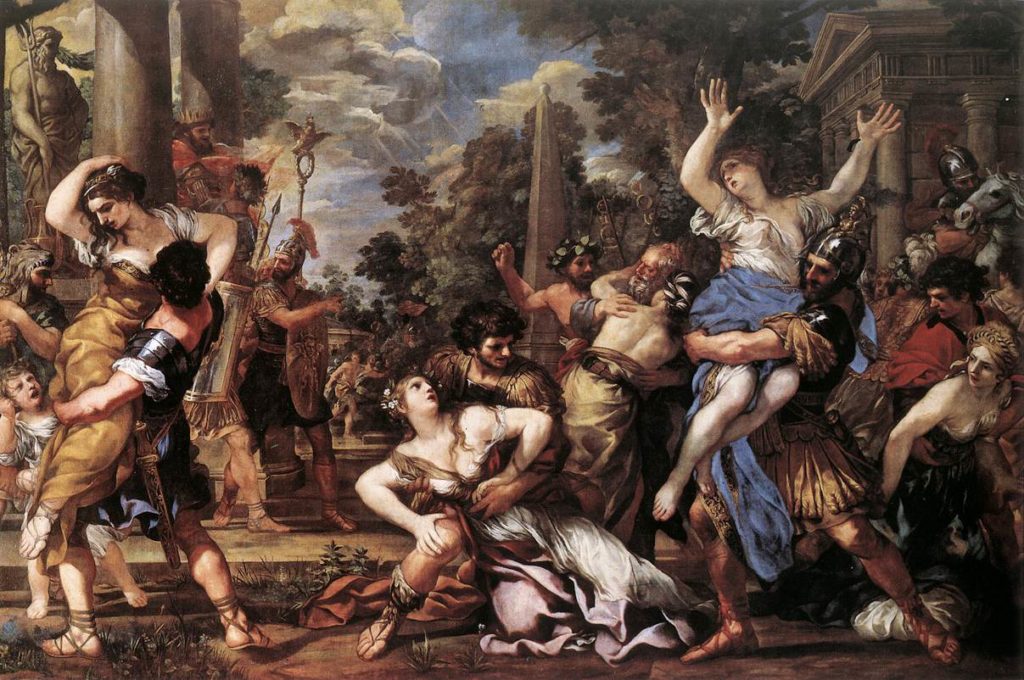
Once the Sabine state merged with Rome, the king had the swamp between their hills drained and a meeting place was built to join the two peoples. For many years it was a marketplace, but eventually the Forum transformed into a political, religious, and civic centre and the most important site in Rome. Over the centuries, the Roman Forum was jam-packed with a disorganised mess of sacred temples, administrative buildings and monuments.

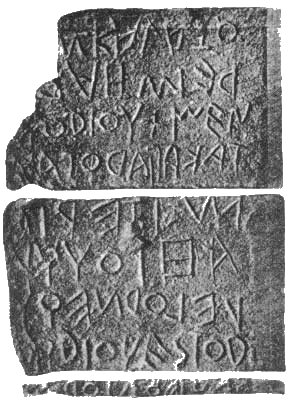
After the fall of the Roman Empire, the Roman Forum fell into ruin and became known as the “Campo Vaccino” (cow field). A lot of the building material was “re-purposed” (stolen) until now there’s not much to see but leftover pillars and foundations.
As we walked through the Forum, there were a lot of diagrams and signs explaining each dilapidated site, allowing you to picture what the Forum looked like in its glory days. The temples of Saturn, Vesta, and Castor and Pollux have a few pillars still standing, now mere monuments to the old gods. The Triumphal Arches of Titus and Septimius Severus stand in remarkable condition, celebrating the generals’ military victories. Beautifully carved, marble reliefs represent episodes from these wars, and the Triumphal Arches stand powerfully against the elements of time. The best preserved, ancient building in the Forum is the Curia, house of the Roman Senate. The Curia survived all these years only because it was converted into a church after Roman paganism converted to Christianity. Just outside of the Curia is a large slab of black marble which, according to legend, is the tomb of Romulus, Rome’s founder. Excavations of this “tomb” uncovered many animal bones from ritual sacrifice and the oldest Latin inscription ever found. The inscription has been translated as a dedication to a king and a curse to anyone who disturbs his grave. A large part of the inscription is missing so we may never know exactly what this sacred site means.
Palatine Hill
Overlooking the Roman Forum and the Circus Maximus is Palatine Hill, the birthplace of Rome. Archaeologists have excavated and proven that the original settlement built by King Romulus began on the summit of Palatine. Understanding that Palatine was an important site in Roman history, various Emperors built their own Palaces and Estates upon this hill. It is theorised that the word “palace” actually derives from the name “Palatine”.
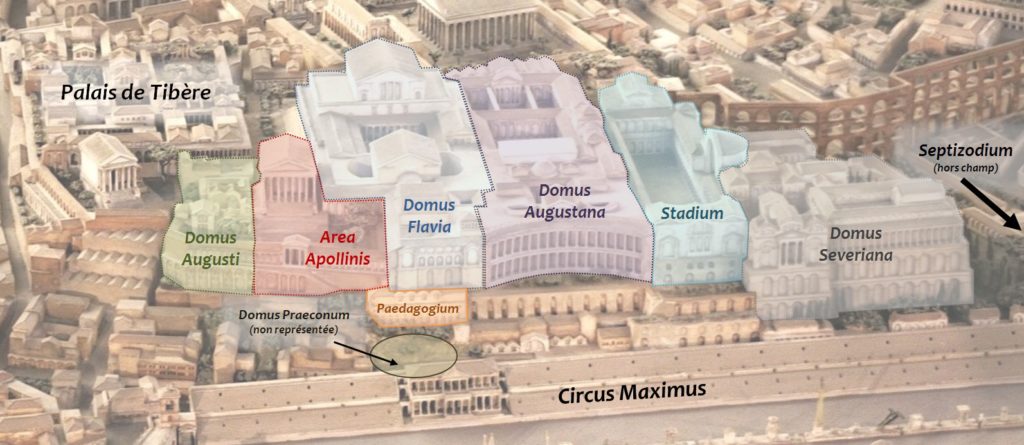
As it is with Romes’ other grand monuments, stone-robbers had their way with the empty palaces after the Roman Empire expired. The walls were stripped of its expensive marble and the once brightly coloured frescoes faded. All that’s left of these opulent palaces, once the epitome of luxury, are their crumbling, brick skeletons. Today, the palace complex is covered in rose gardens and greenery. It was a wonderful way to end our day of exploring, surveying the core of ancient Rome below us as Kings and Emperors must have. We relaxed in this garden of peace and harmony, content with what we’d seen and learned in Rome with the short time that we had.
The western world would have been a very different place without the Roman Empire. Nearly everything we have comes from the Romans: our language, government, plumbing, military, calendar, currency, concrete, architecture, alphabet and so much more. Although some aspects of Roman society were brutal and barbaric, it was incredibly advanced for its time. The world will never forget the glory of Rome.
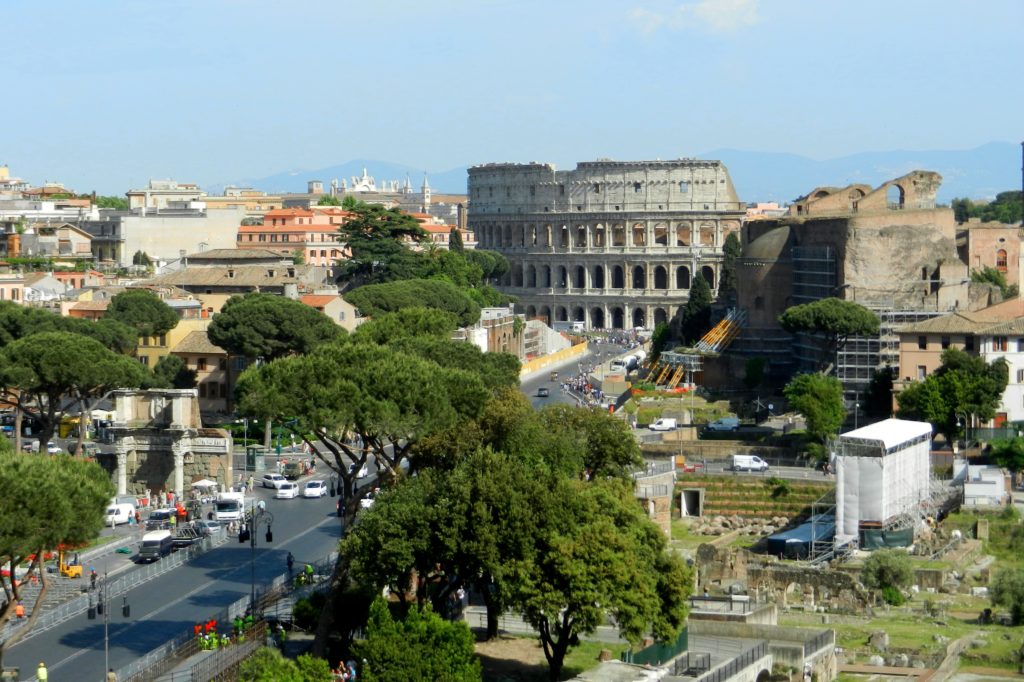
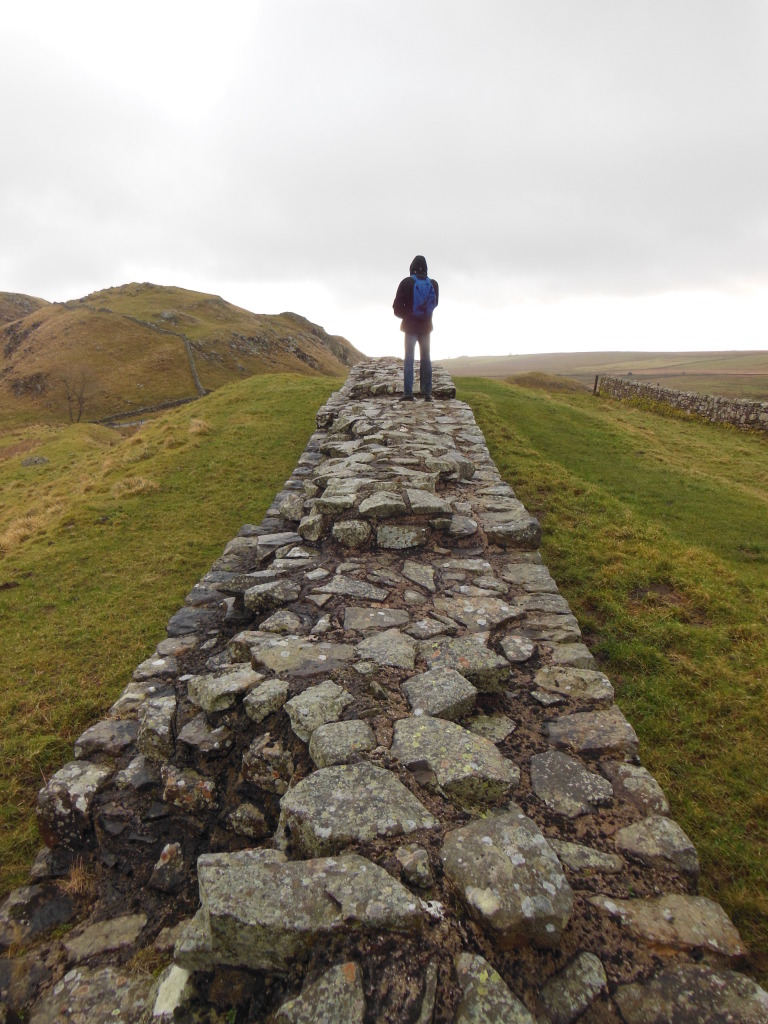
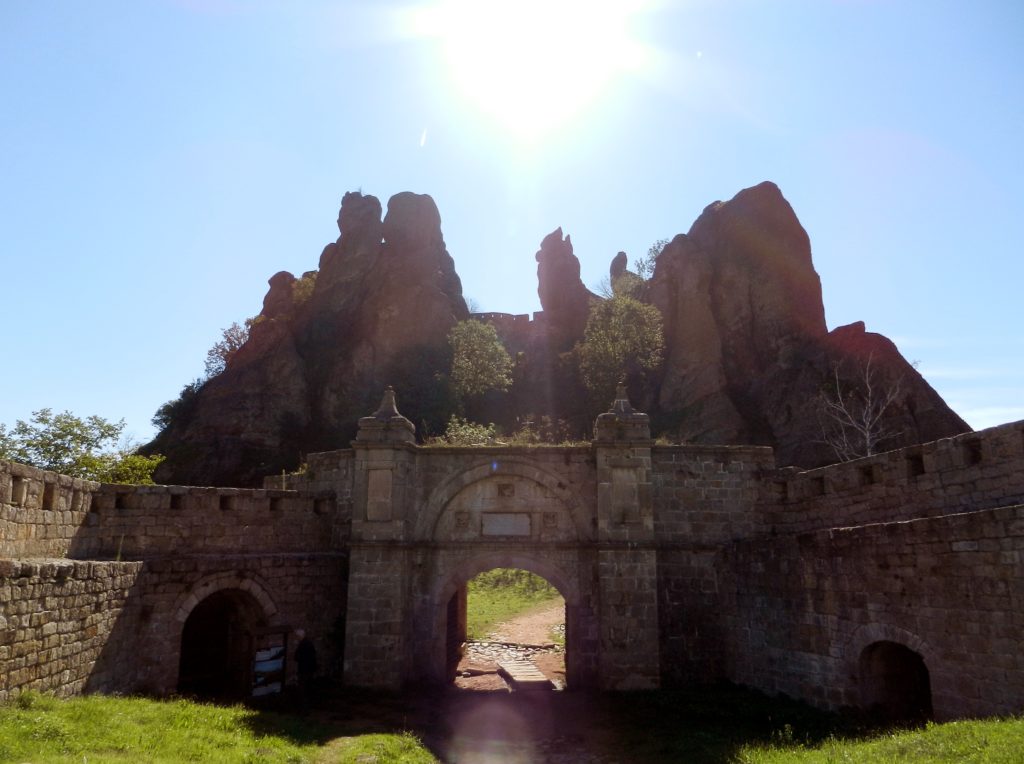

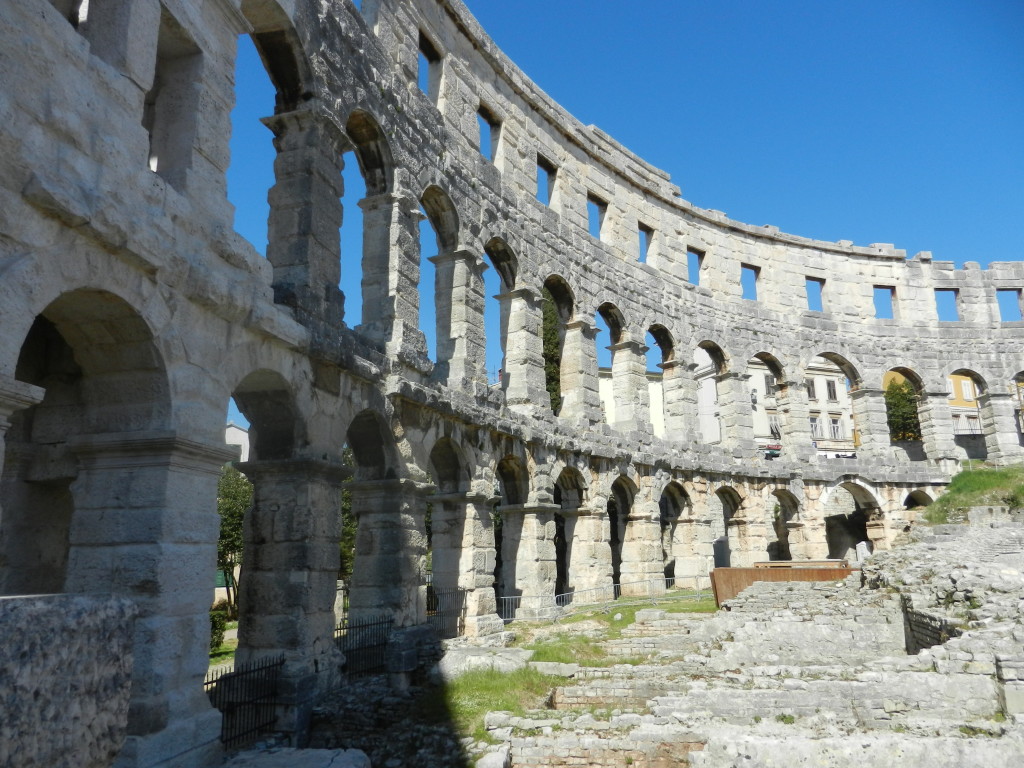
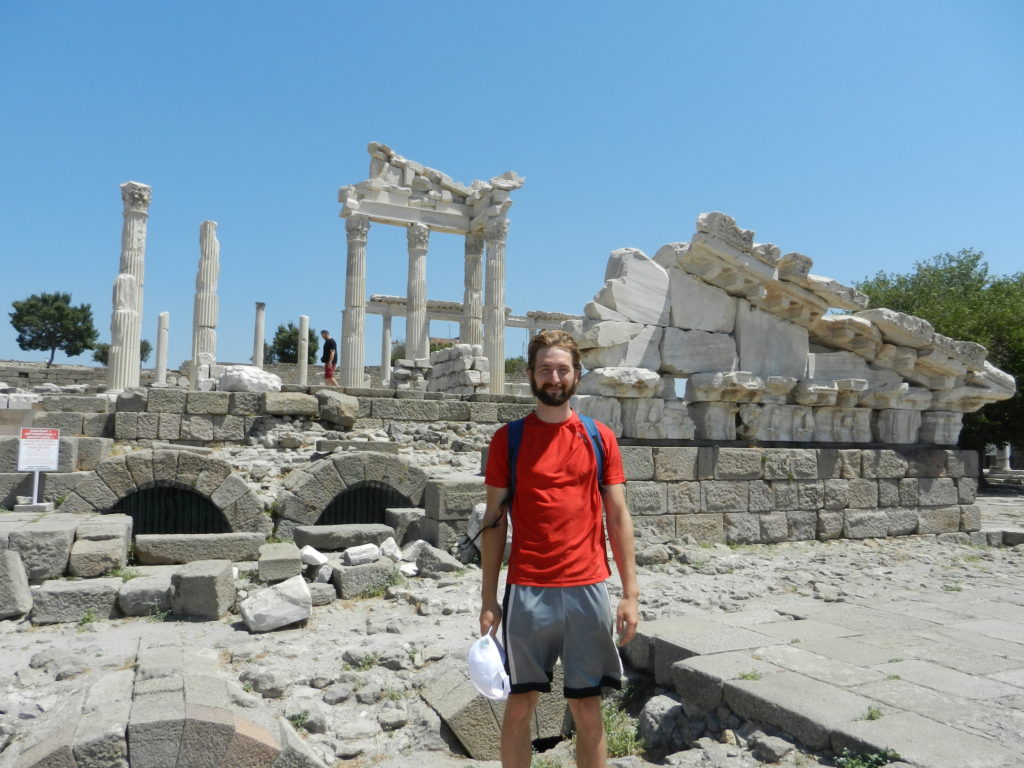
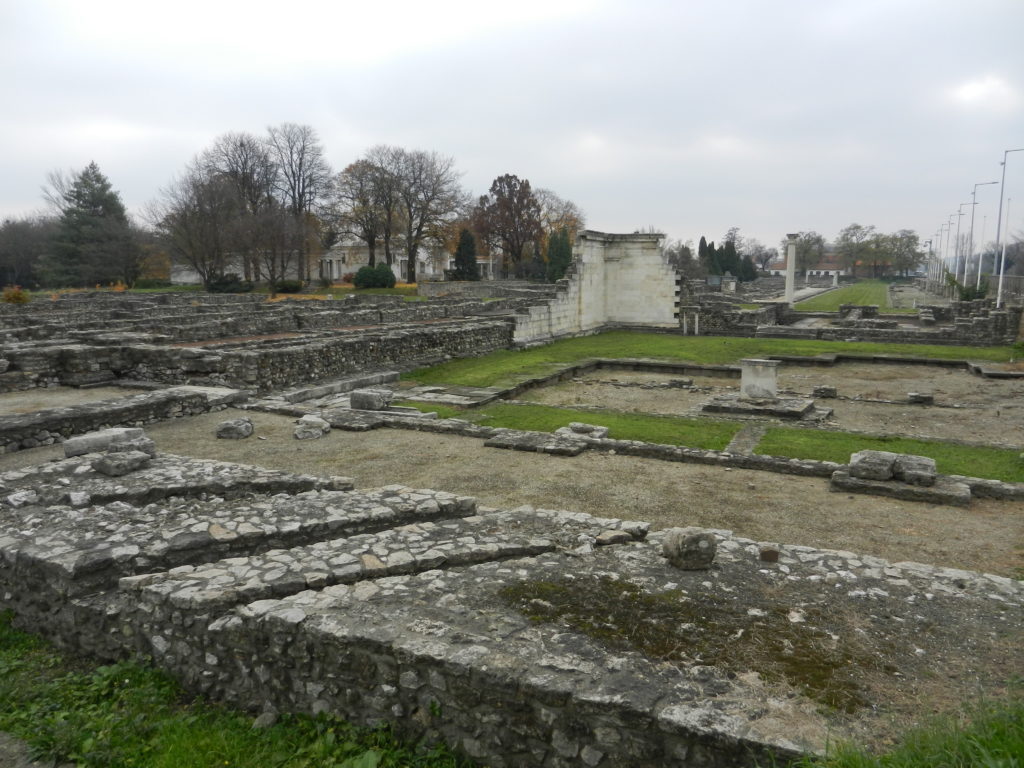
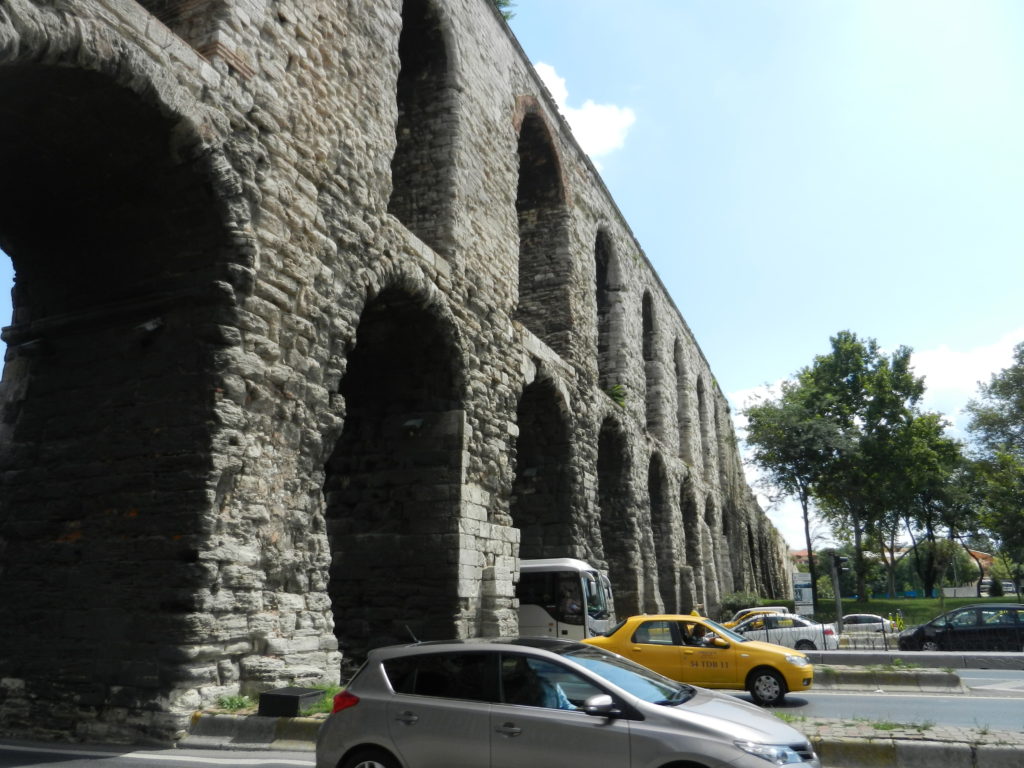
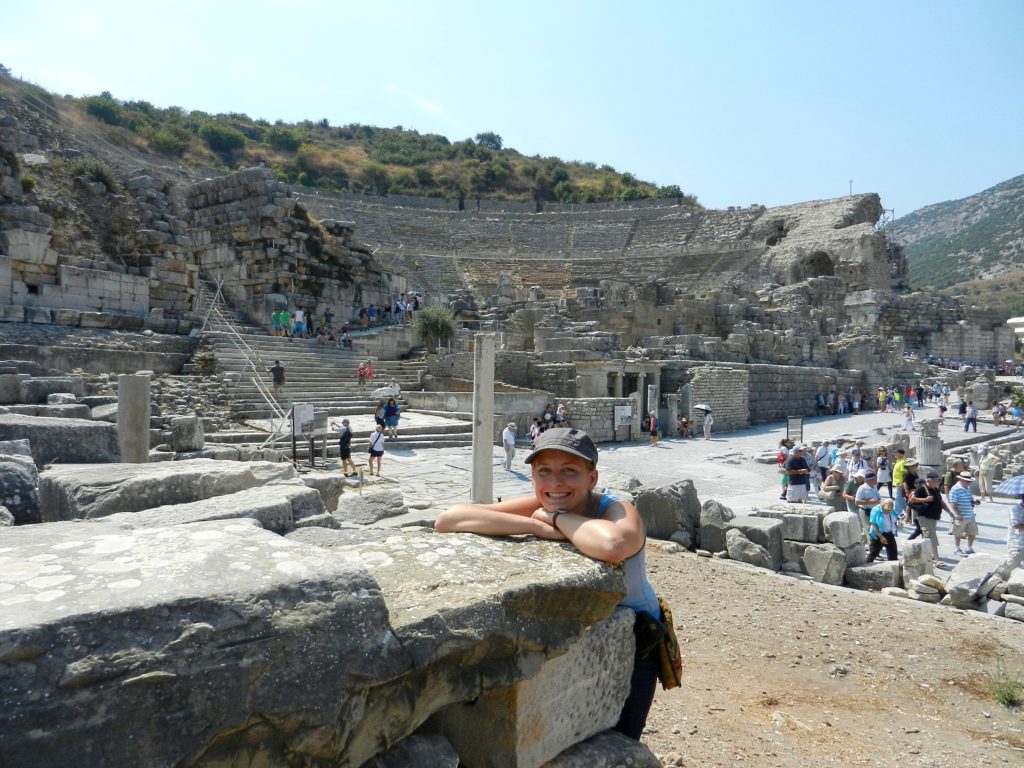
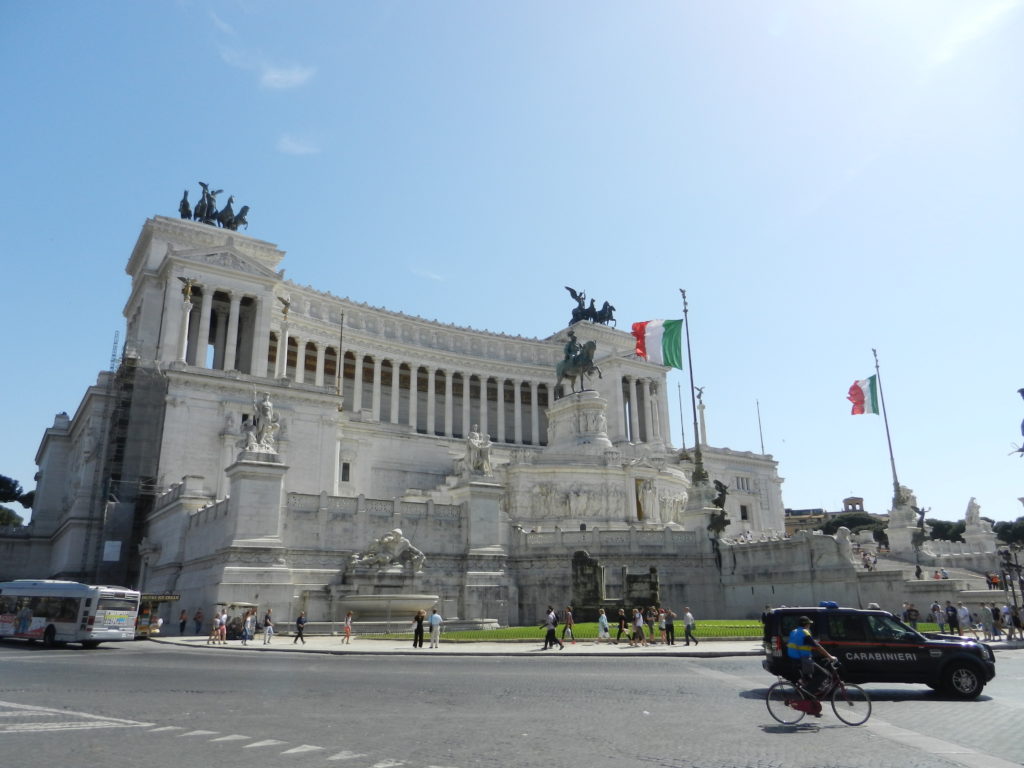
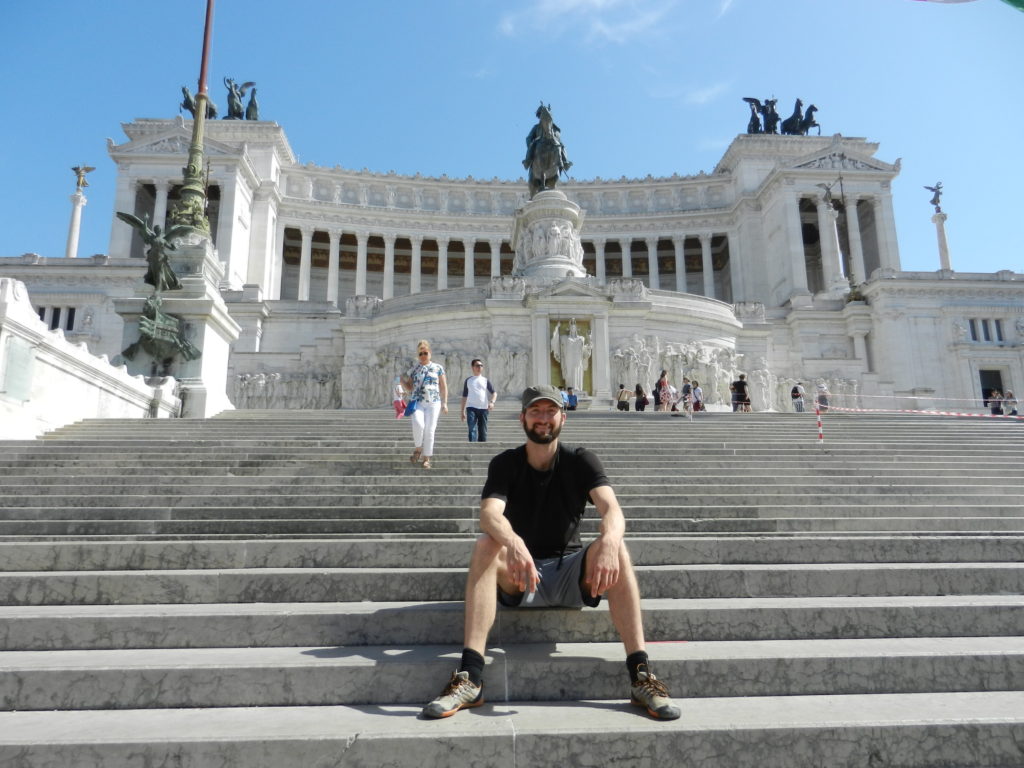
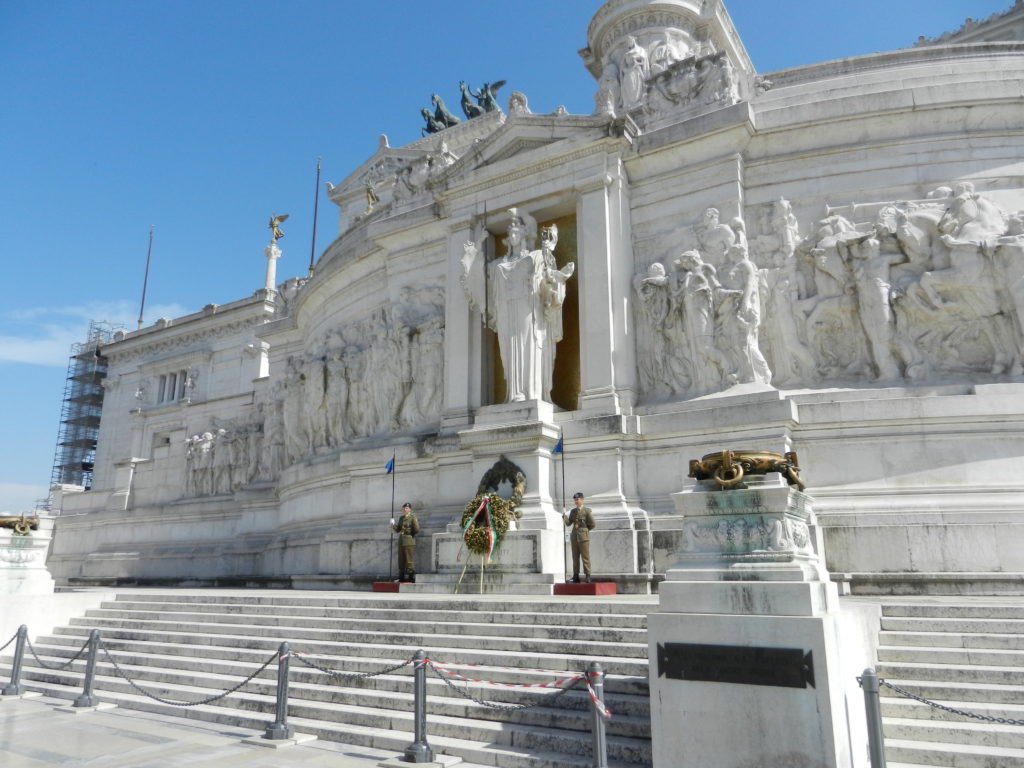
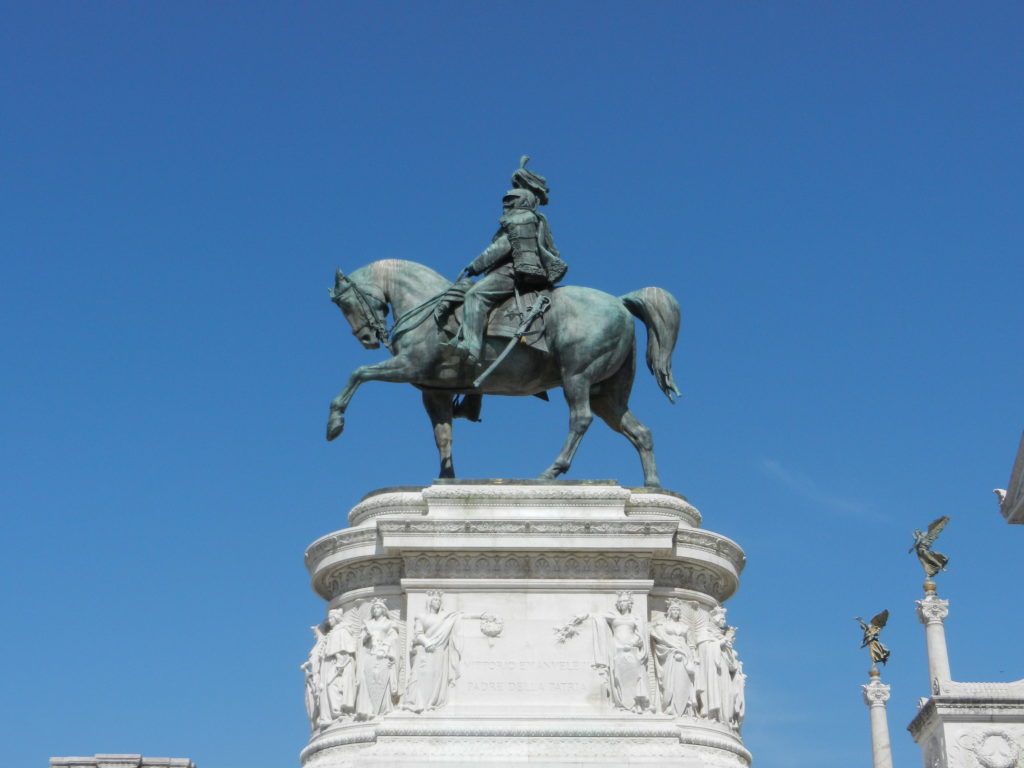
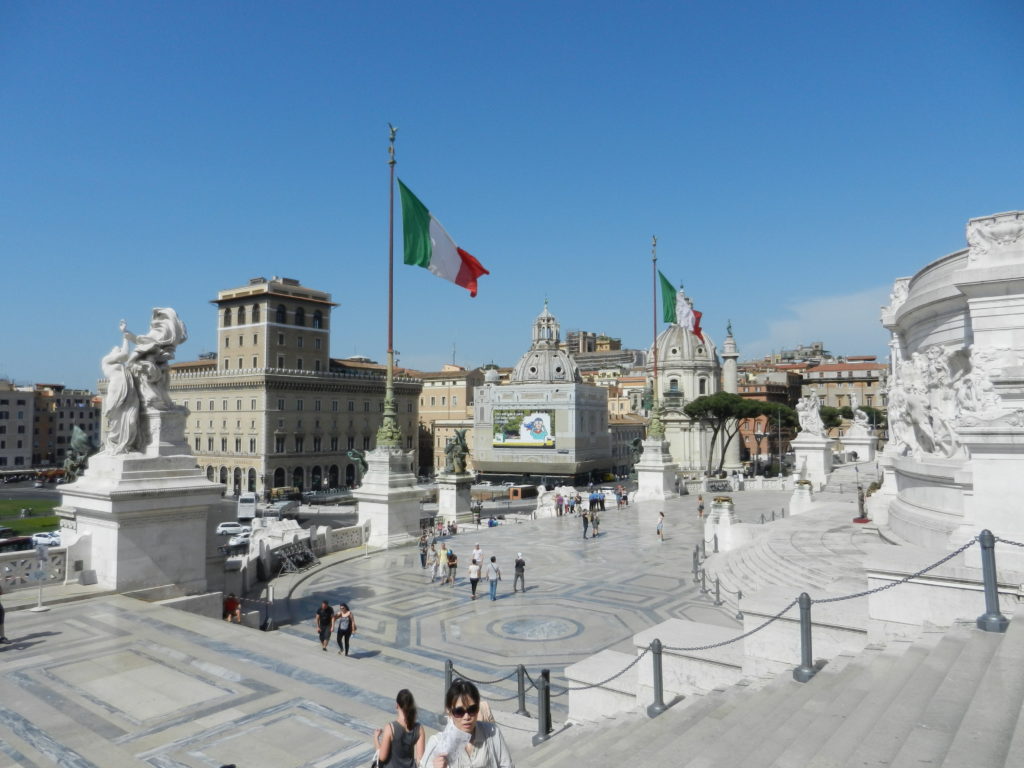
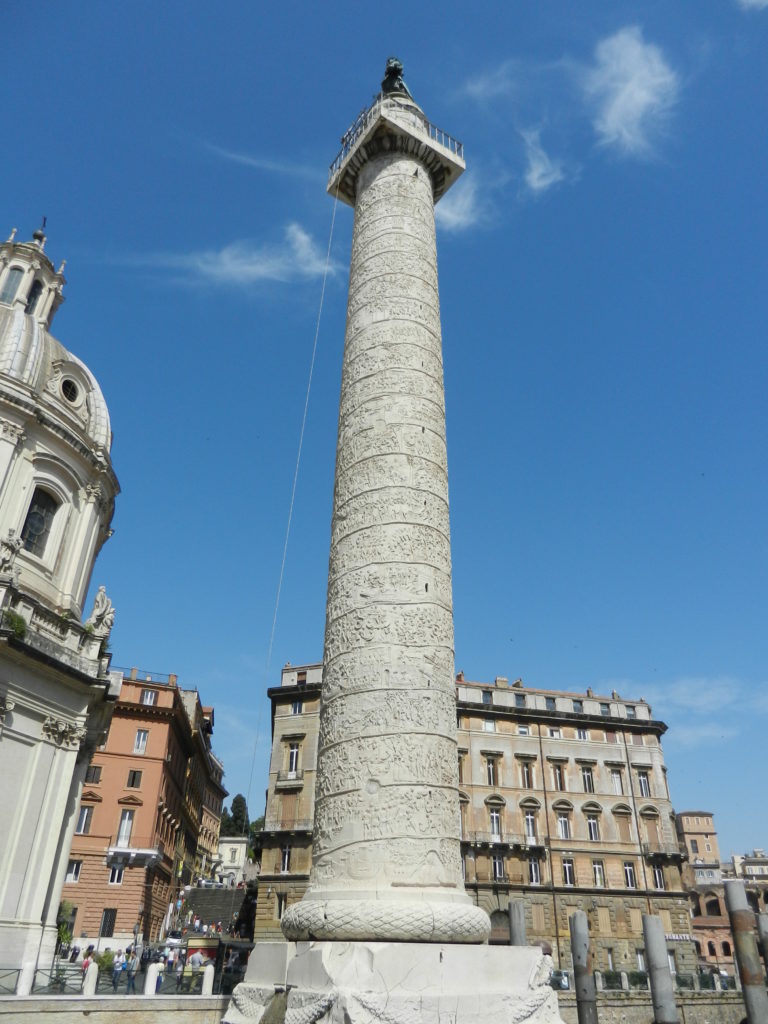
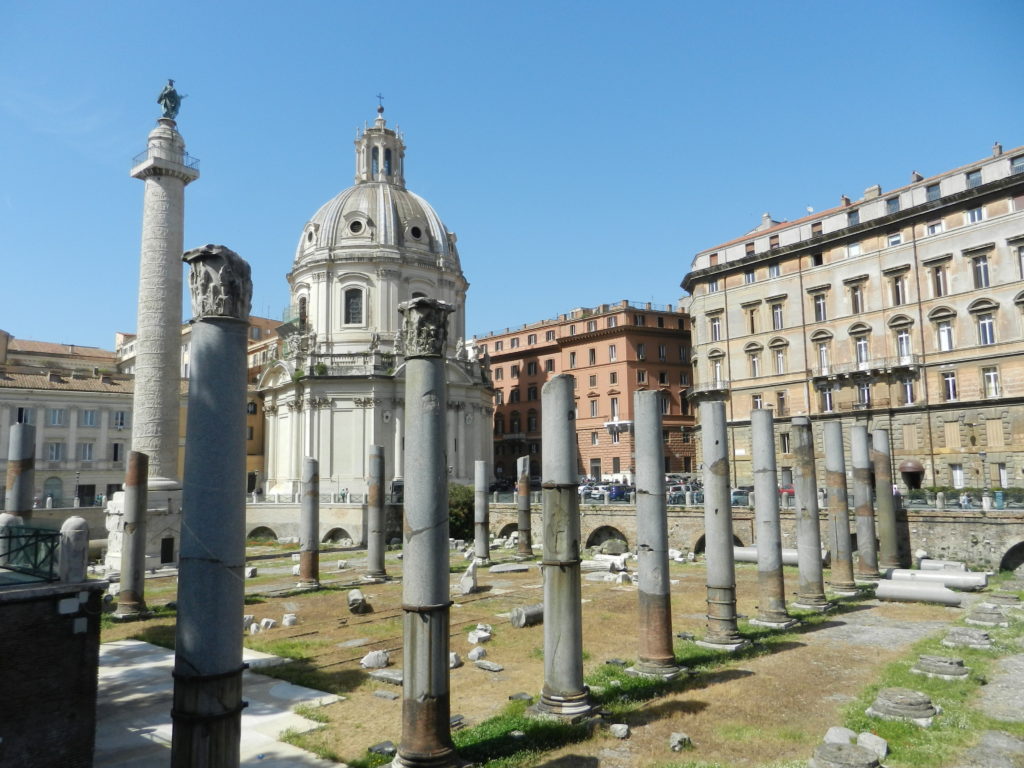
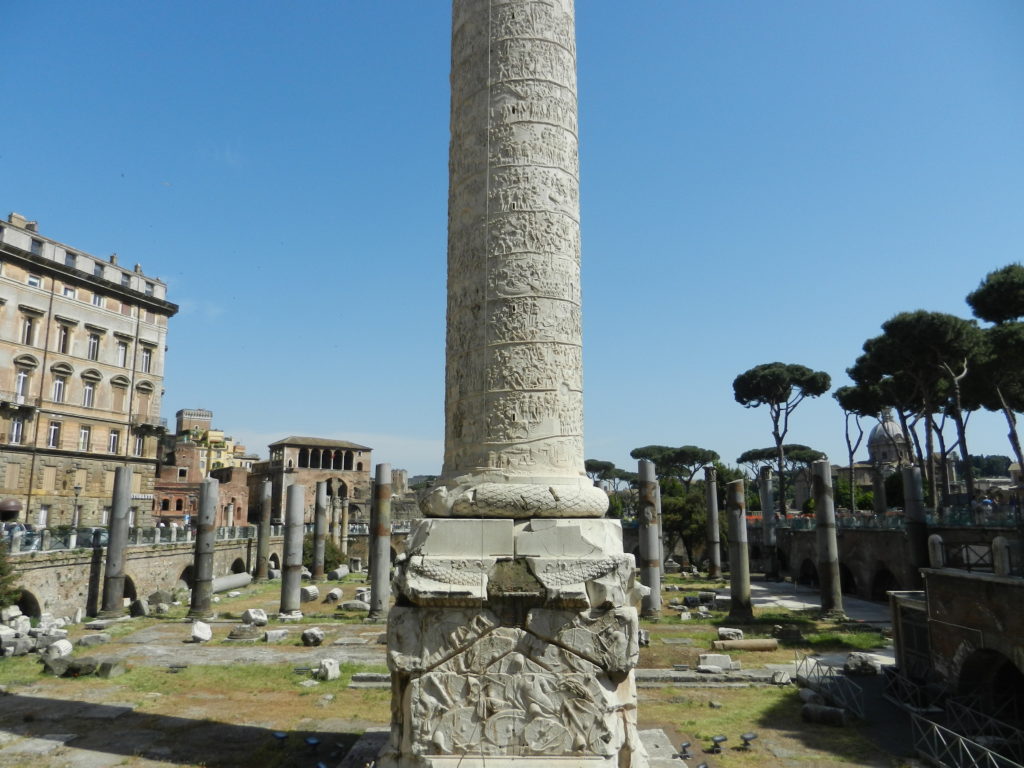
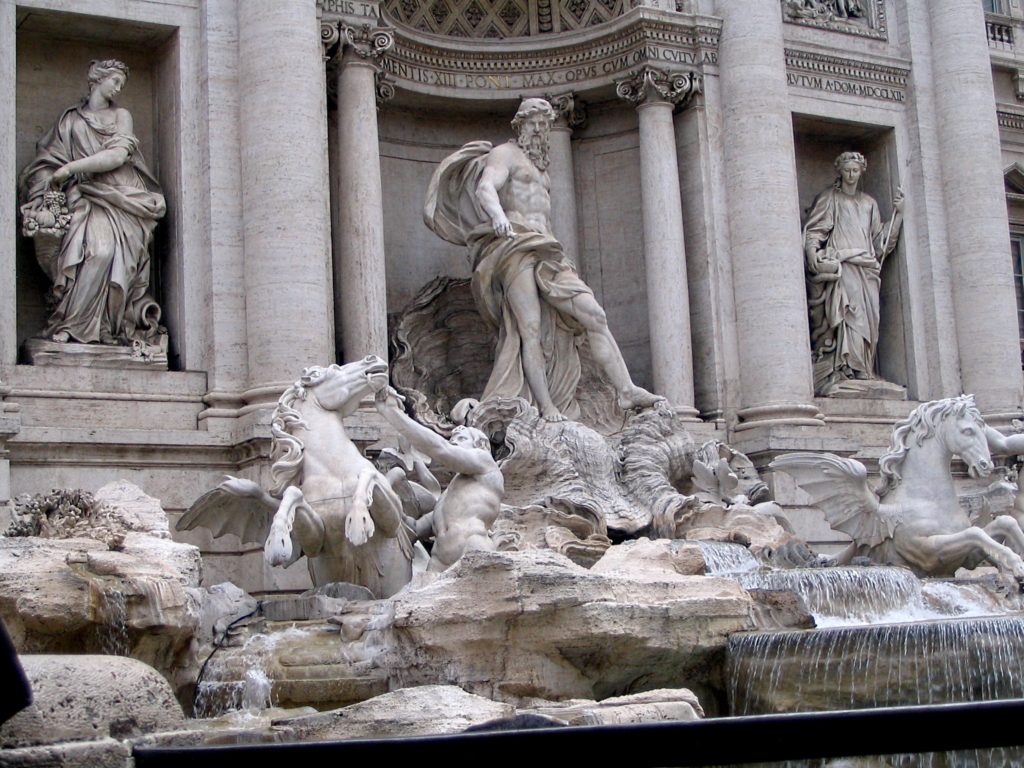
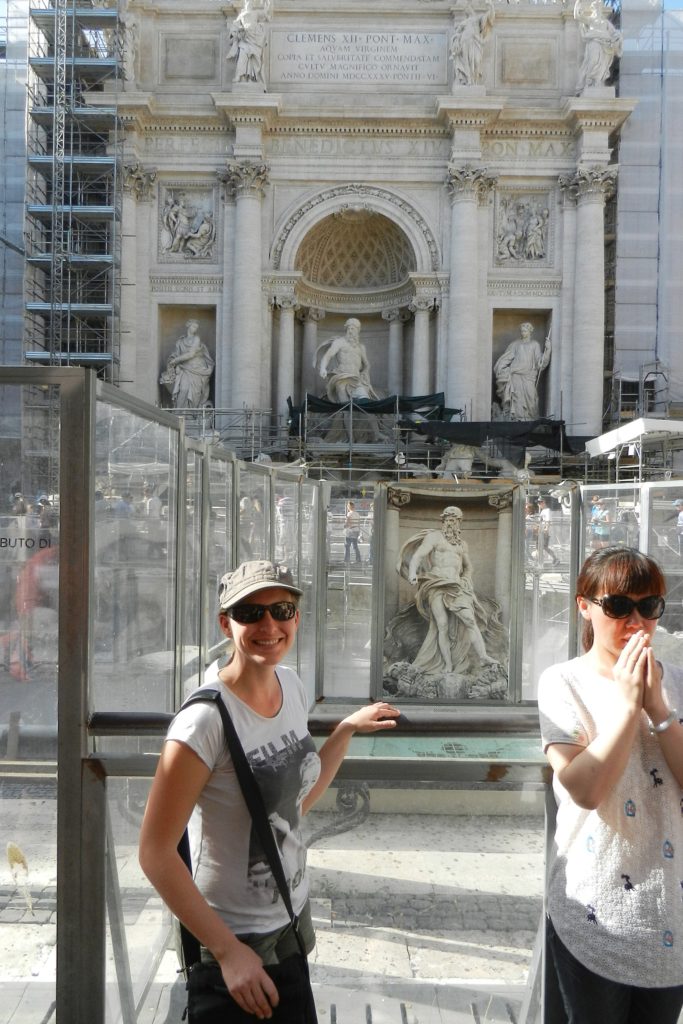
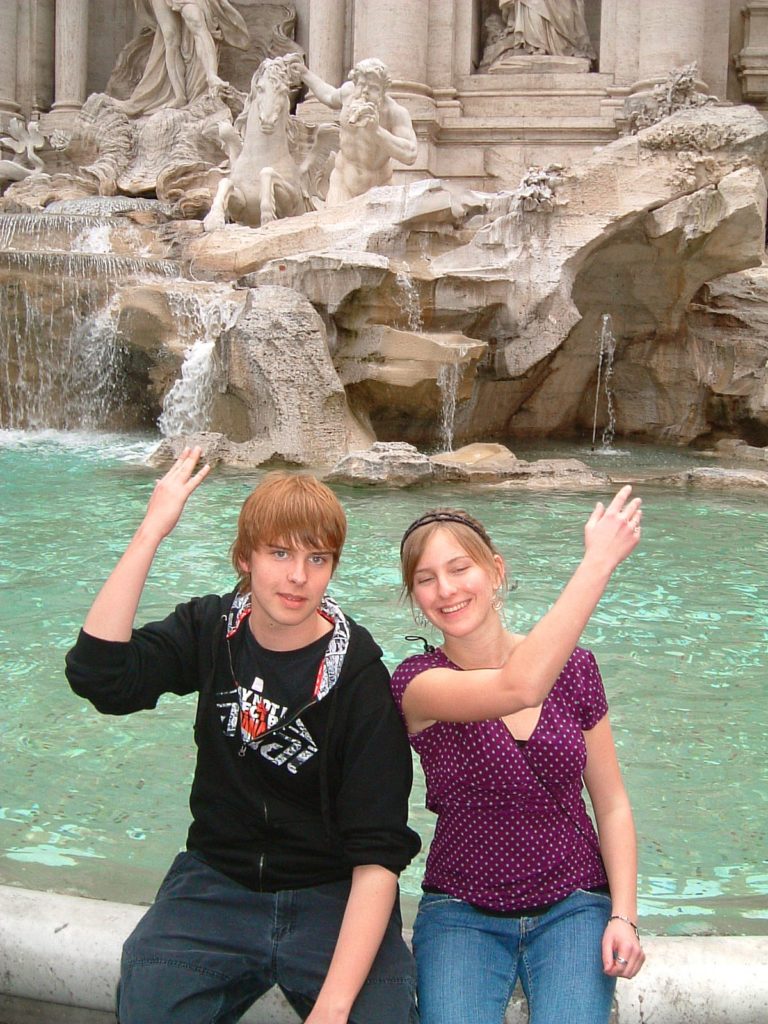
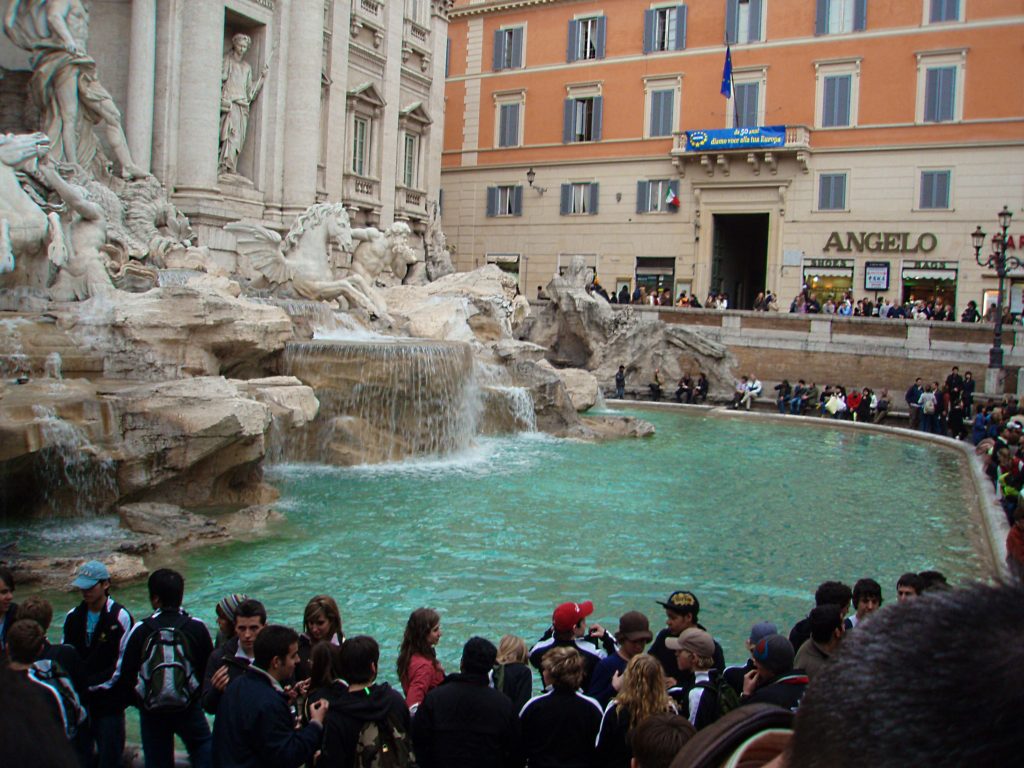
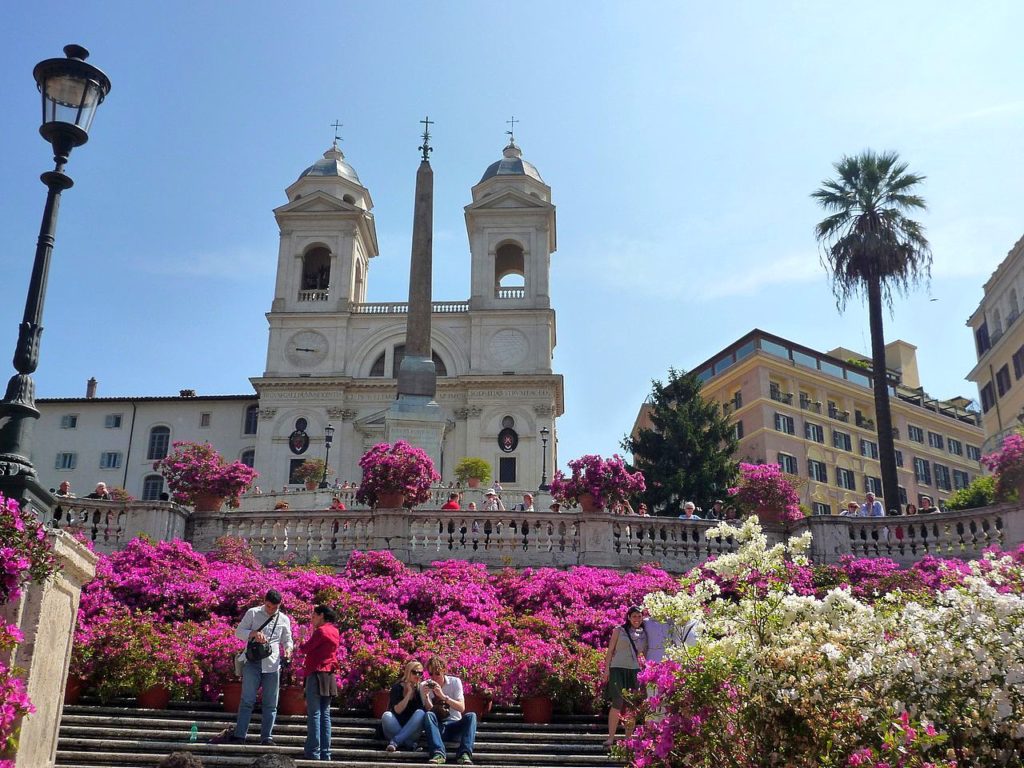
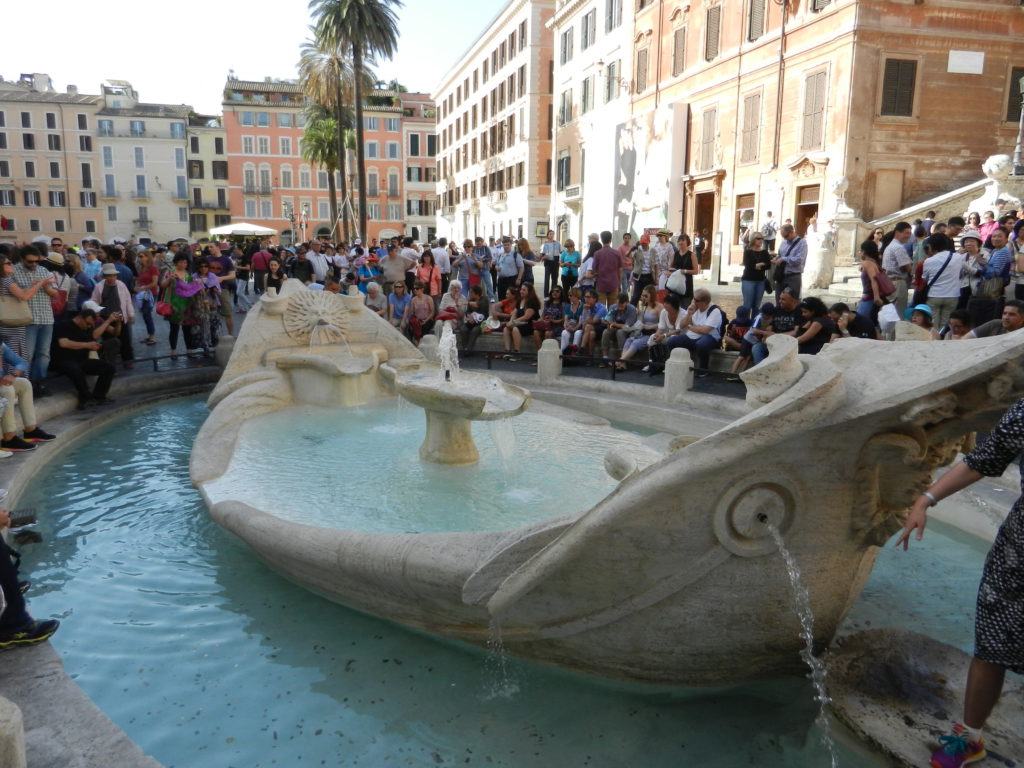
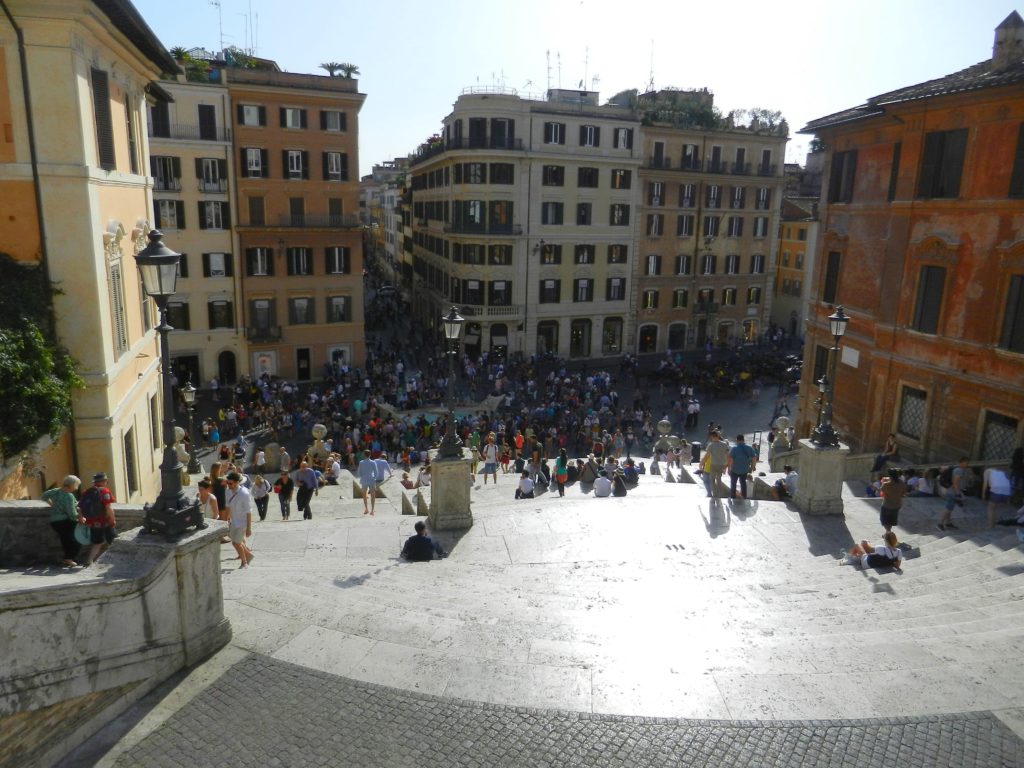
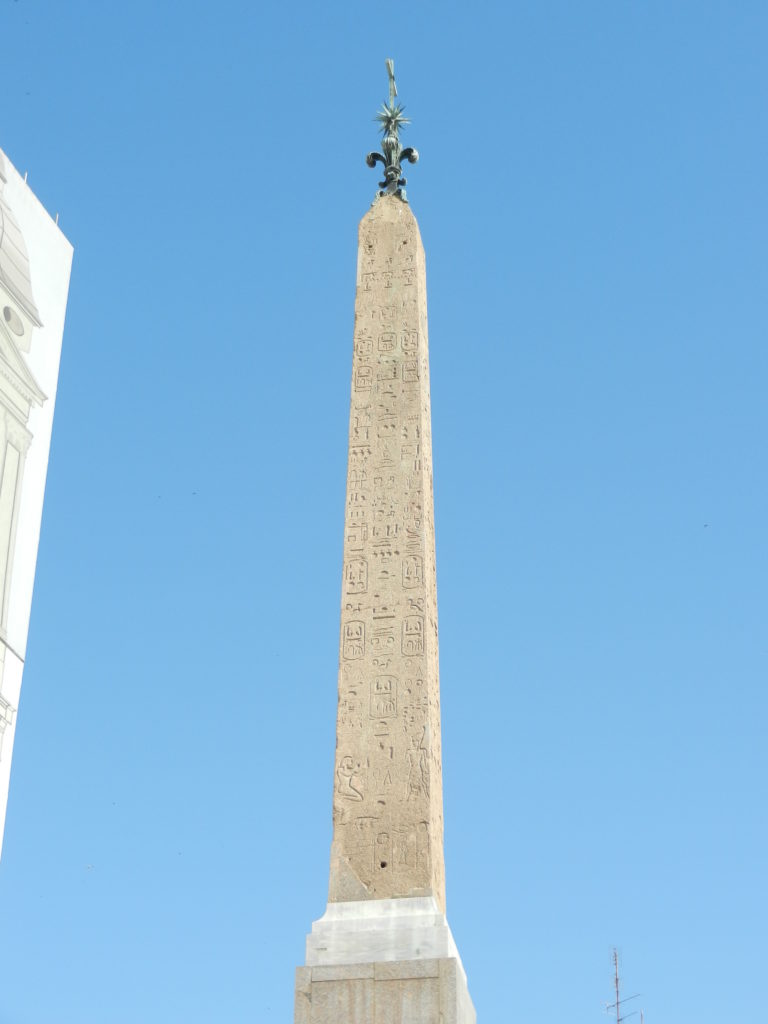
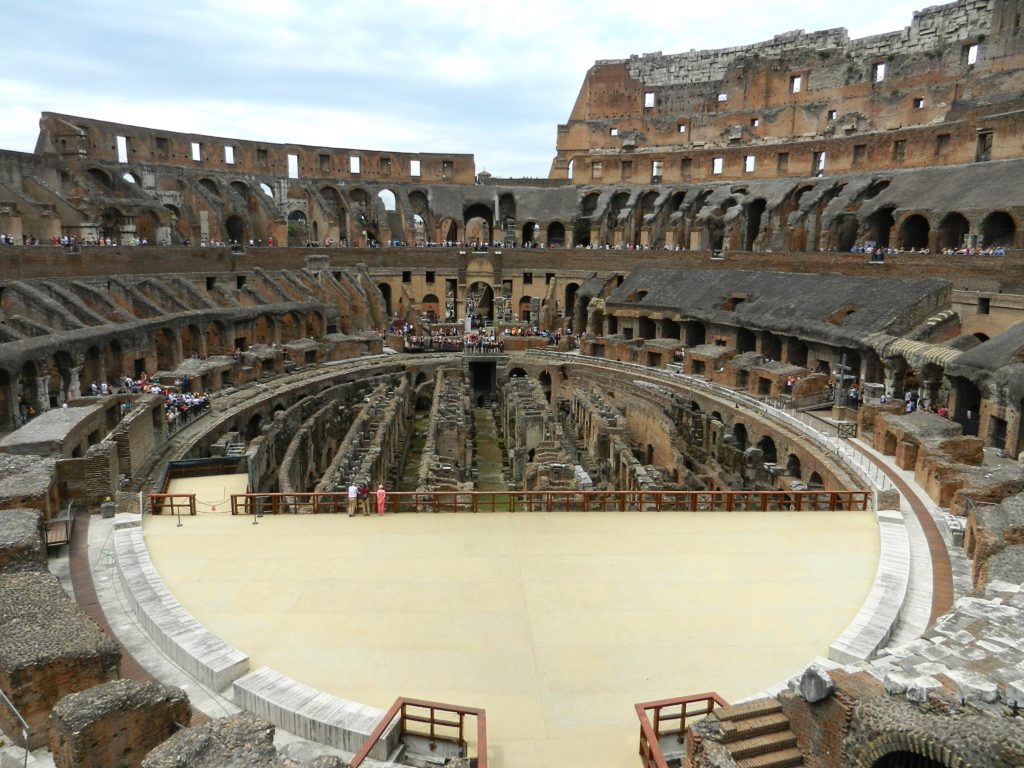
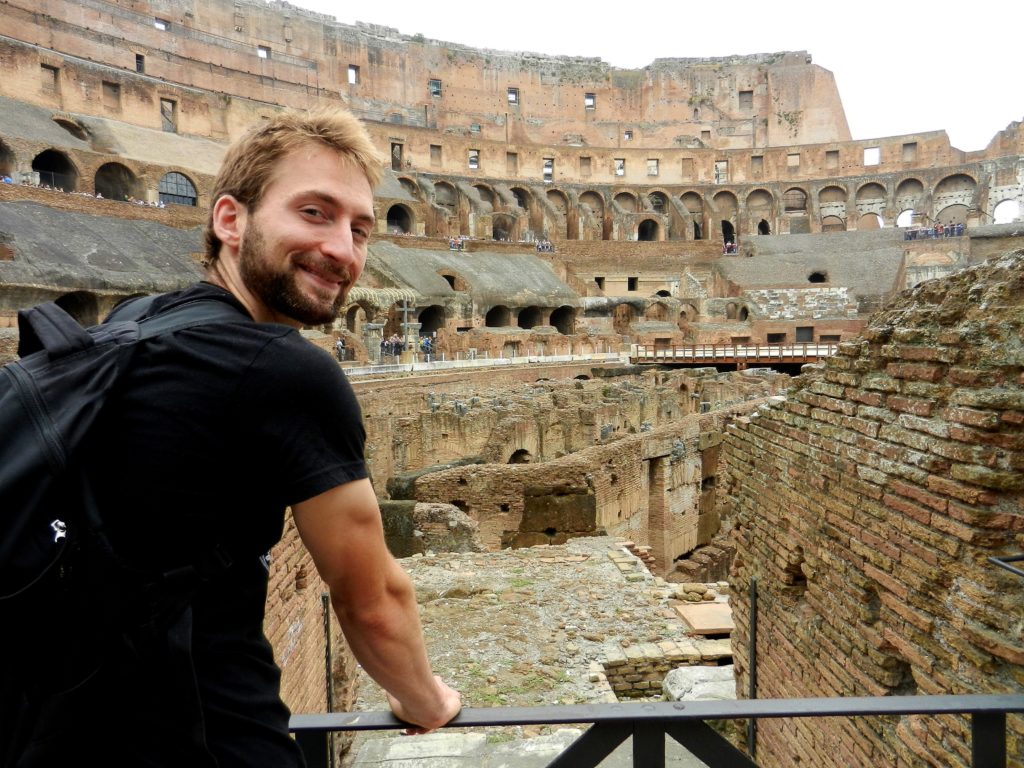
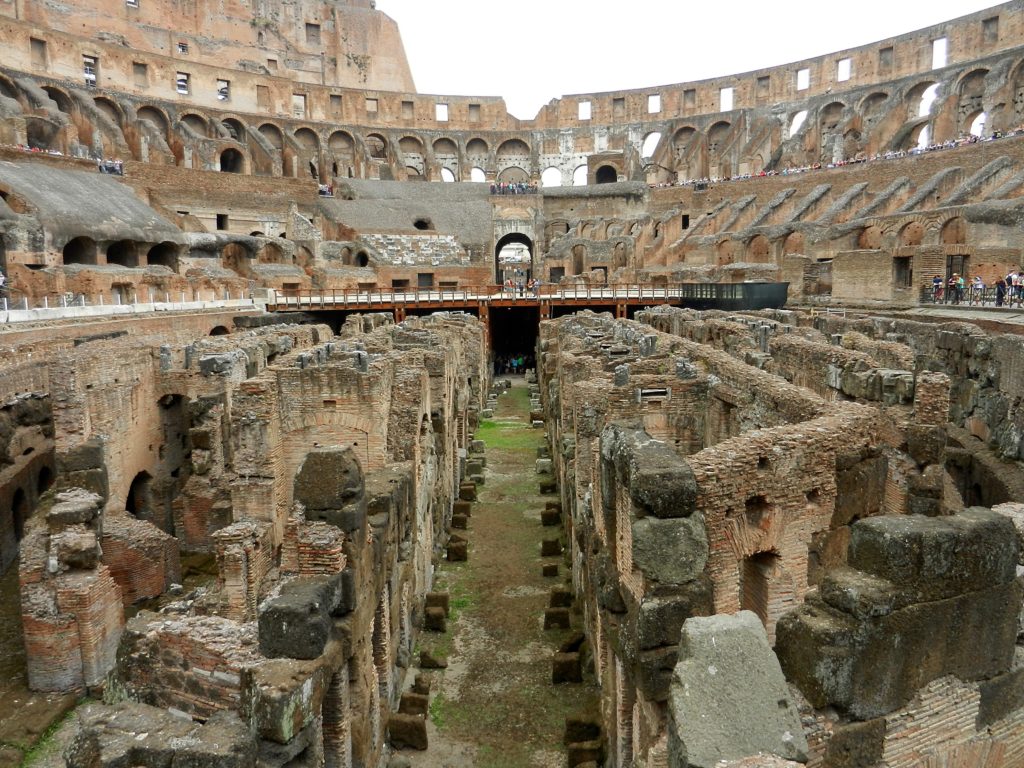
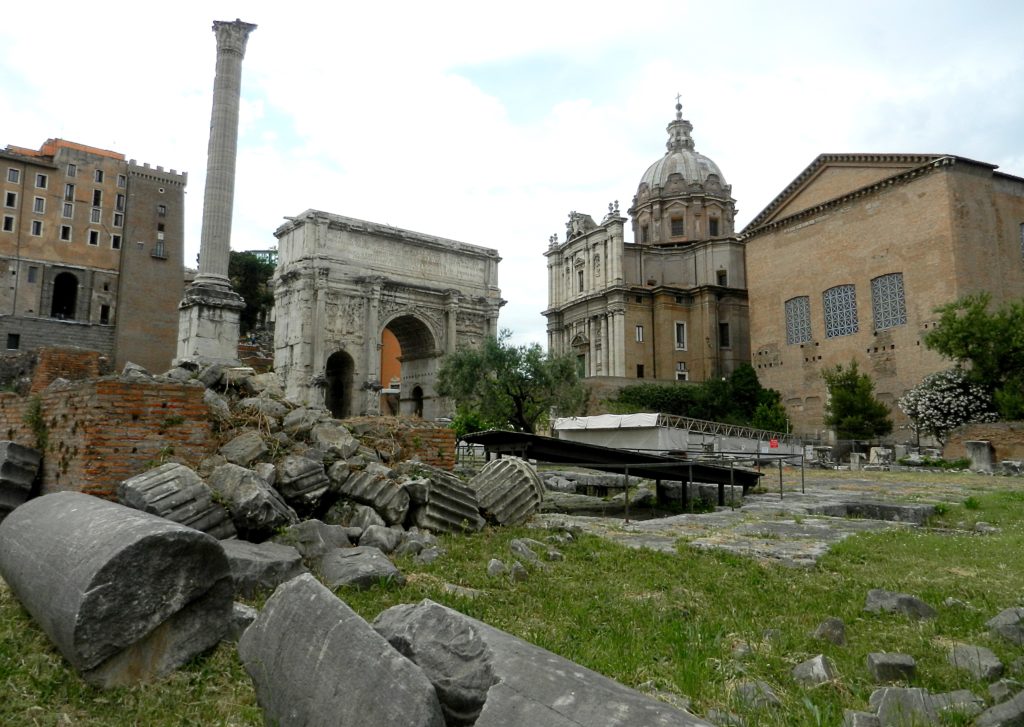
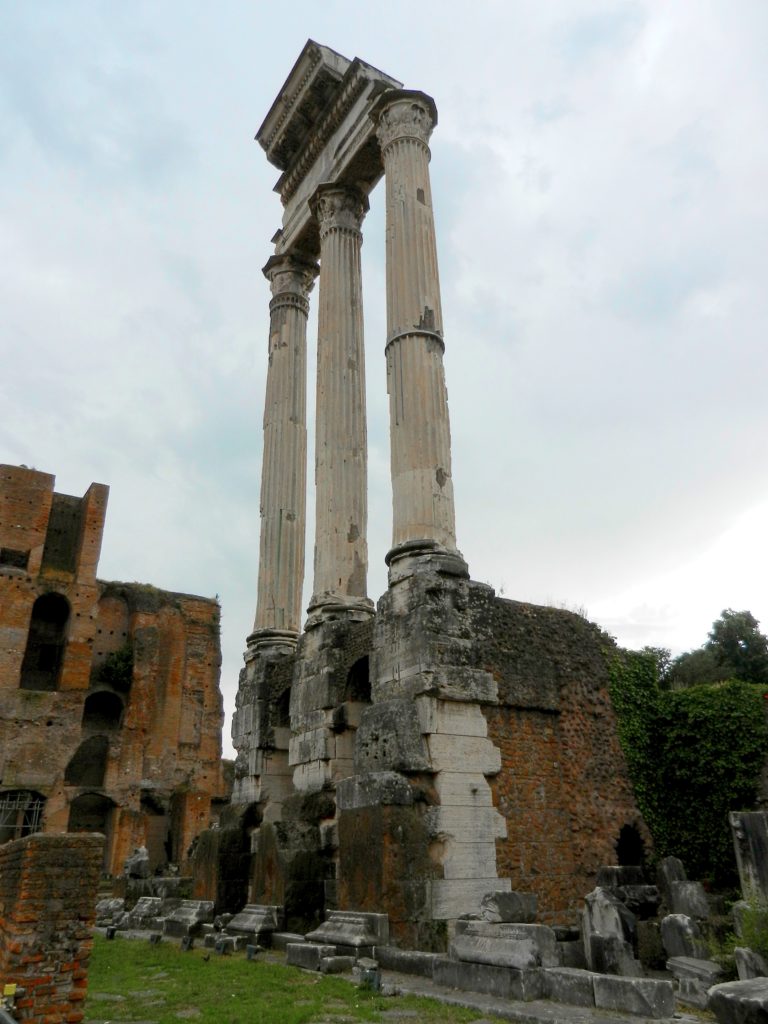
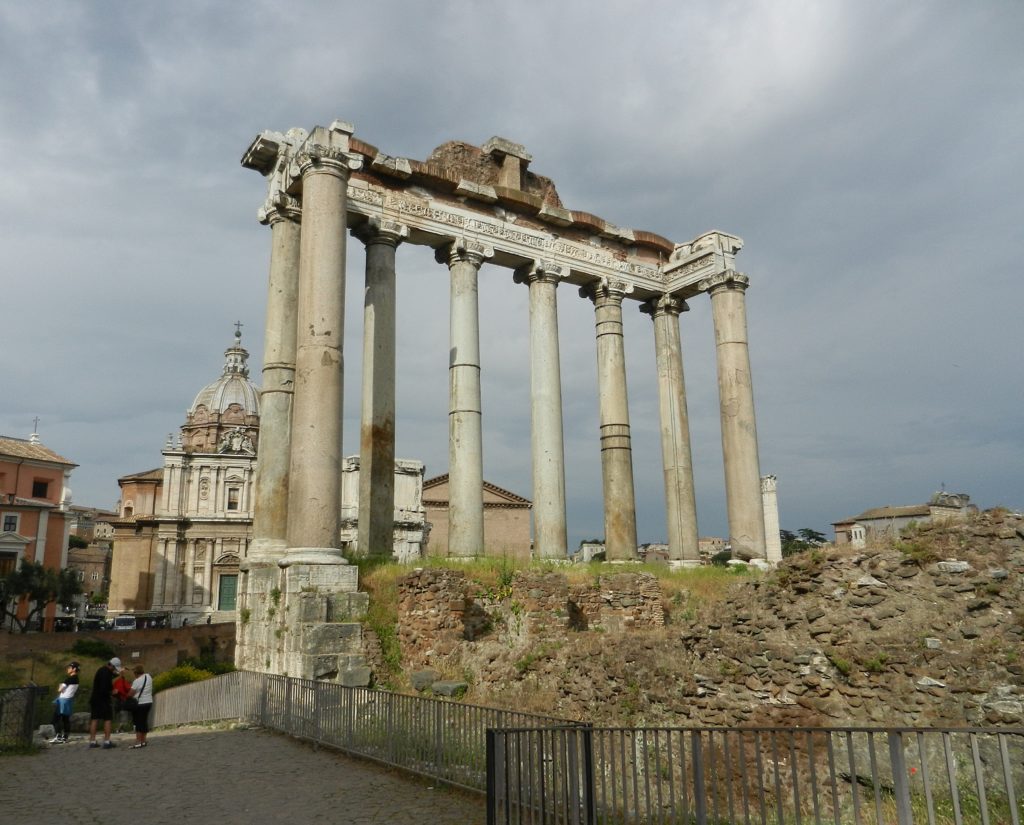
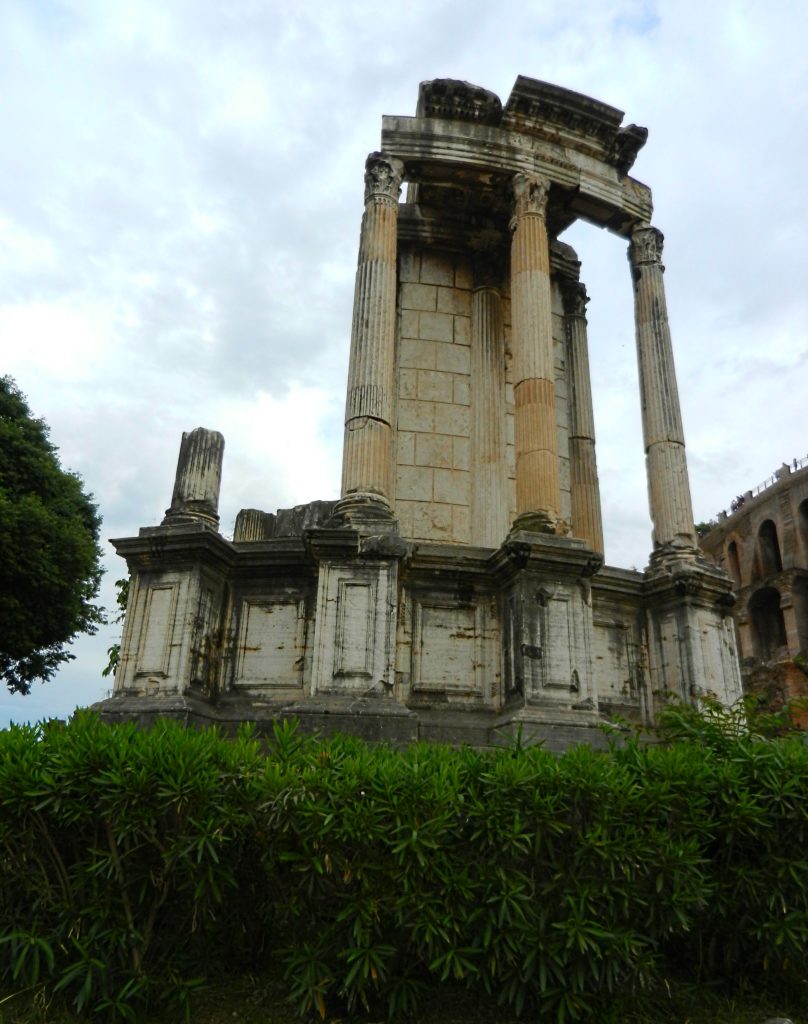

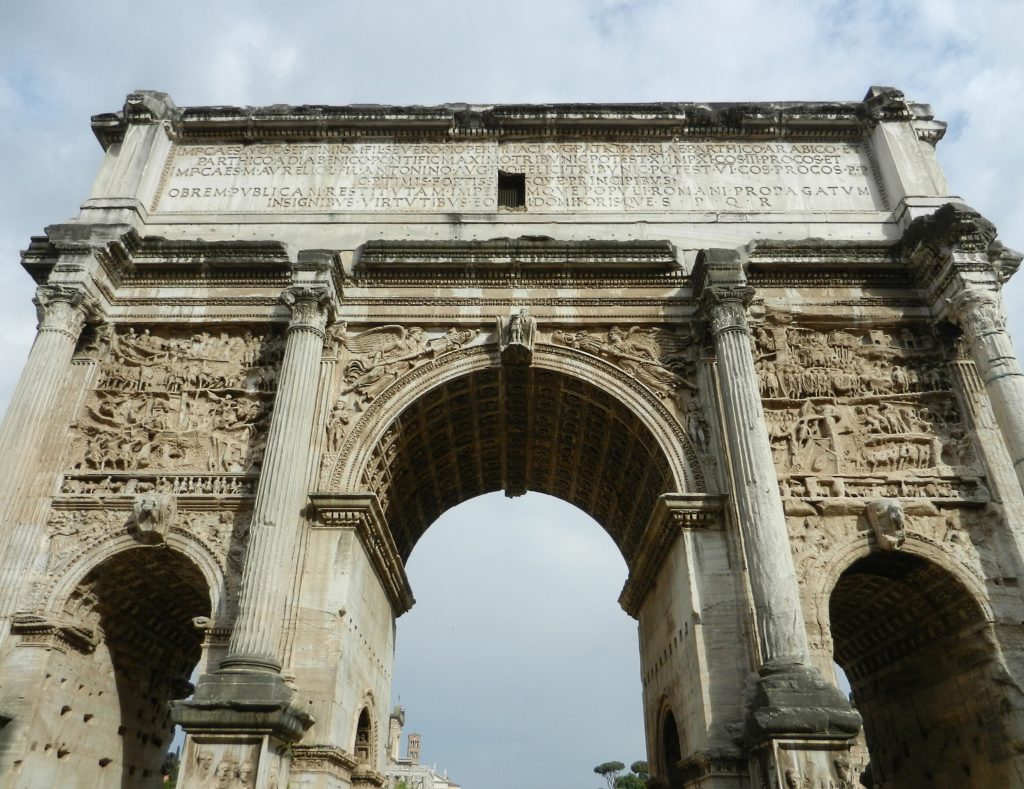
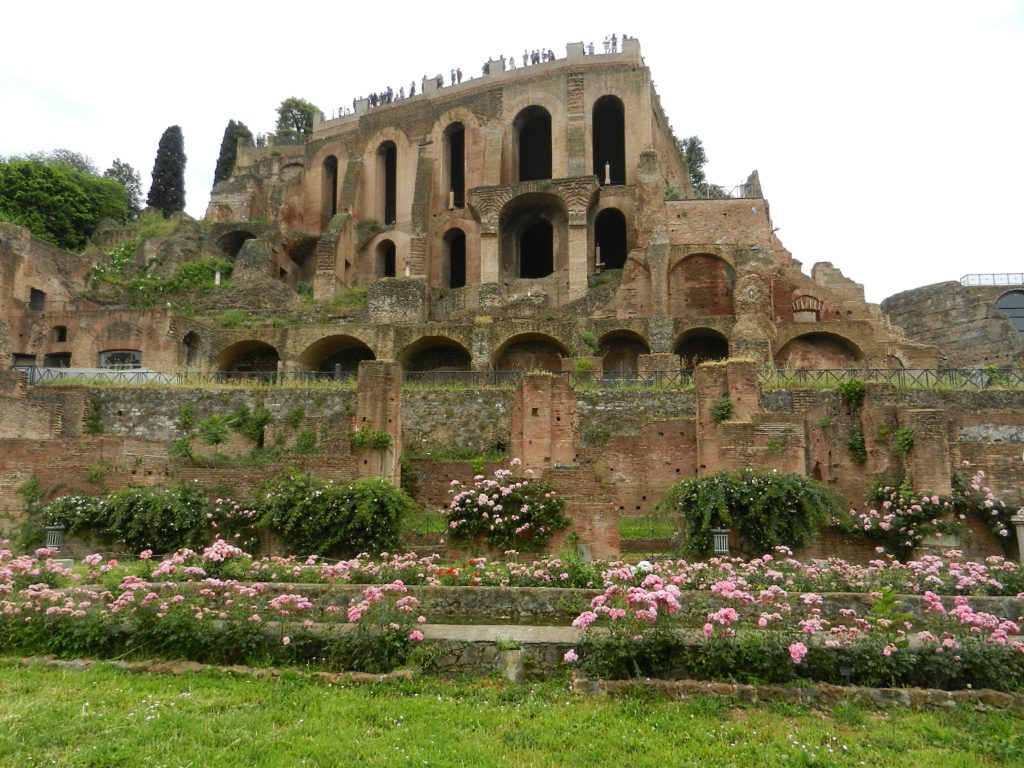
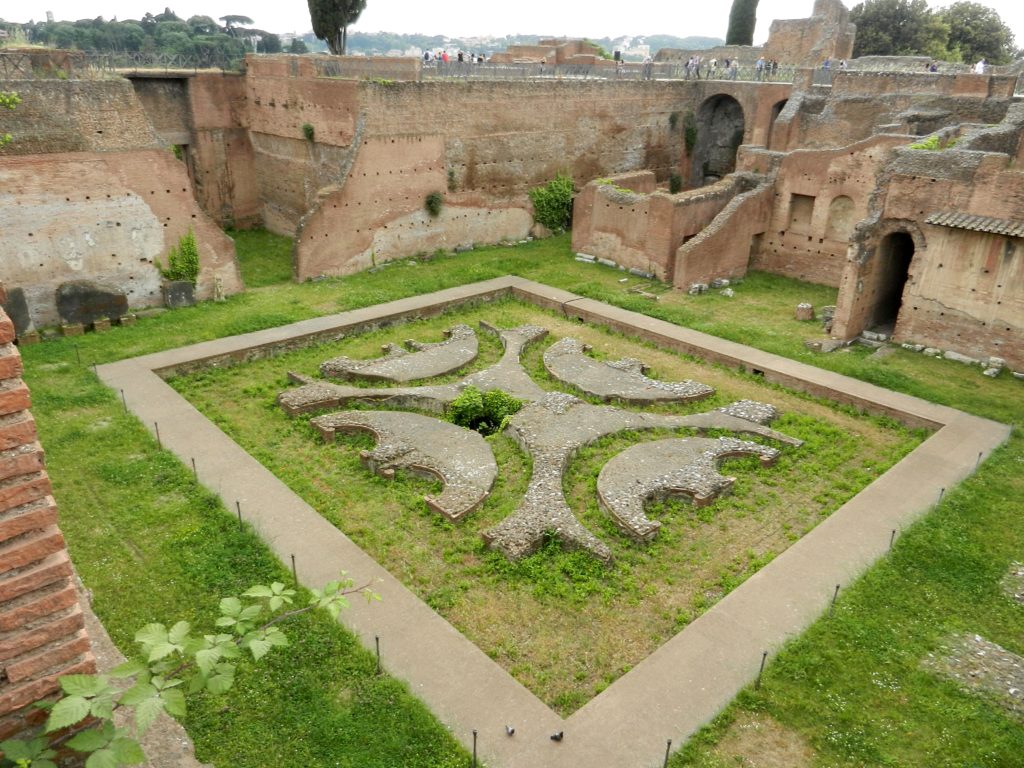
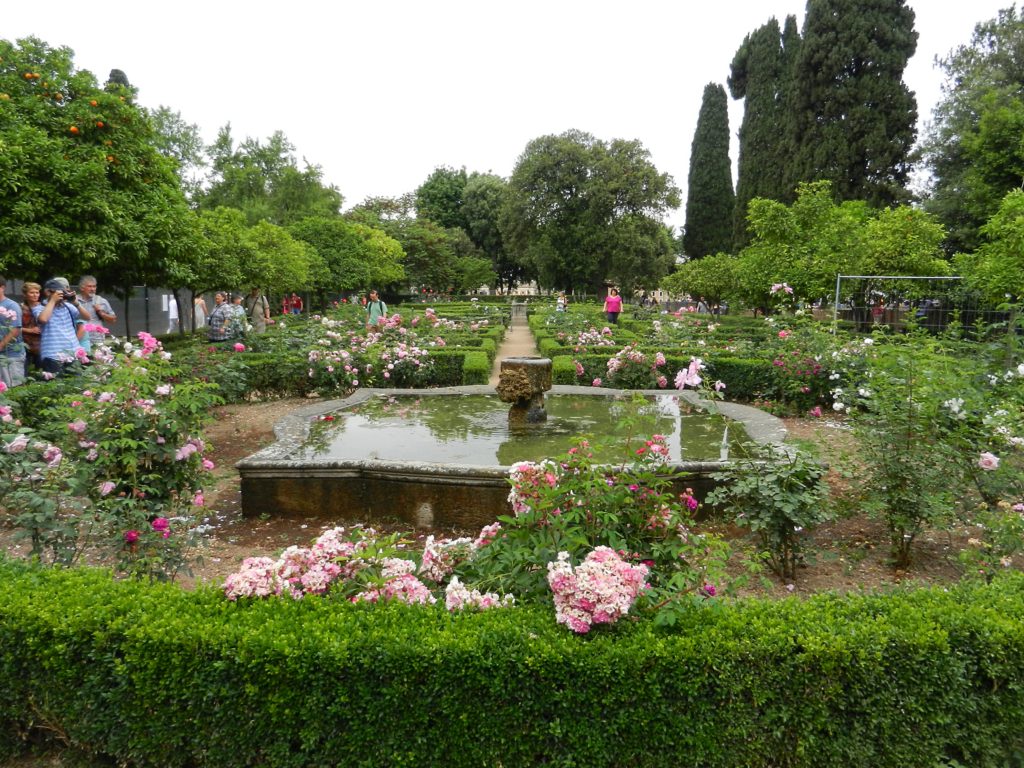
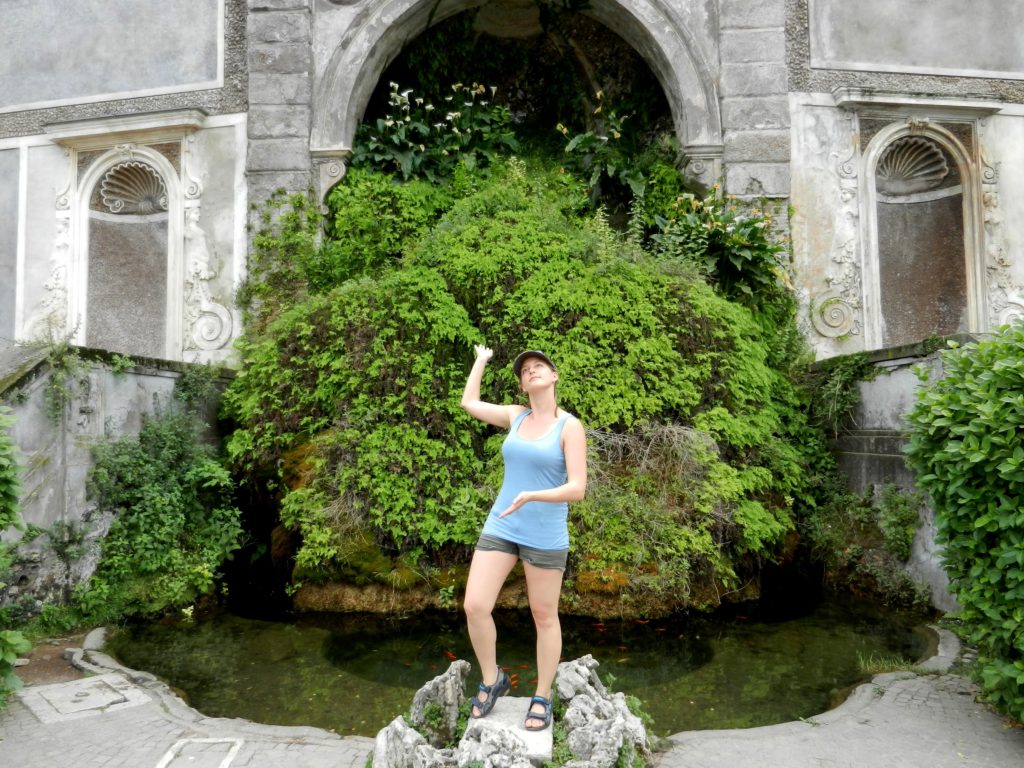
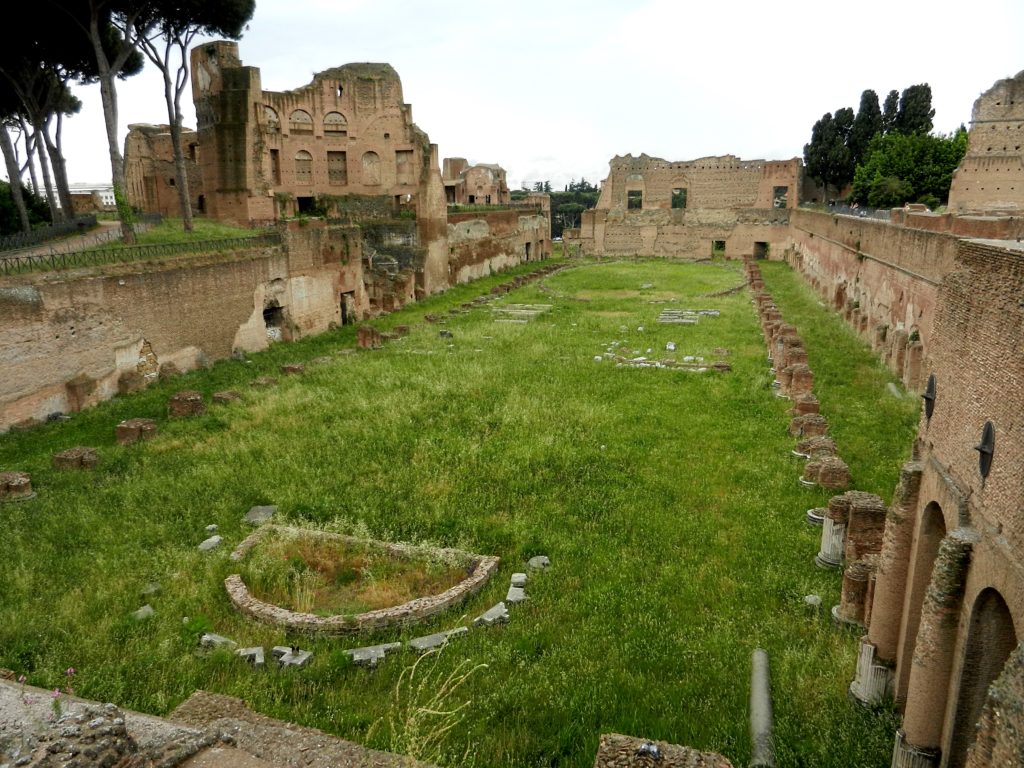
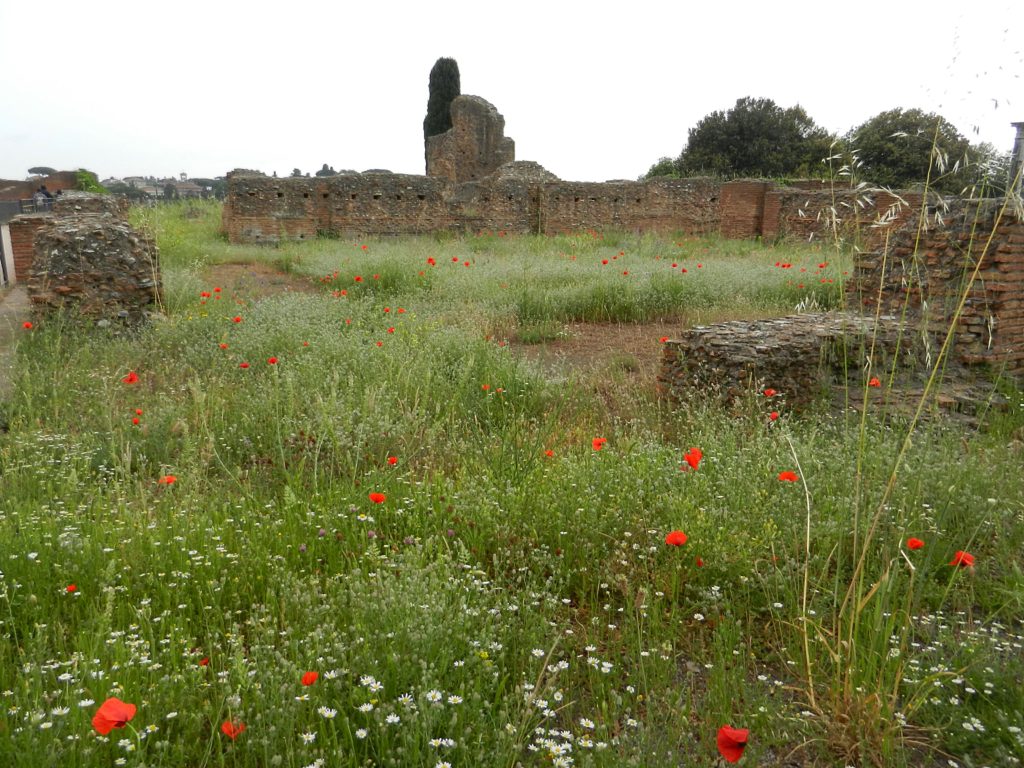
Nice travelogue. I came for the photos!